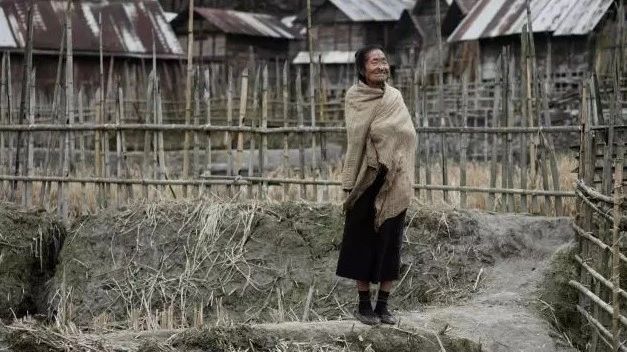Polish extreme photographer
Adam Kozioł
He's been all over the world.
Walking through the dying tribes.
Record these stunning images on camera
Through visual perception
Let's find out.
It turns out that on Earth
There are still people like that.
There's this lifestyle
So primitive.
So mind-blowing.
Apatani Tribe
Apatani, so as not to be robbed.
Make yourself ugly.
The Apatani tribe (Apatani) is a tribal people located in the mountainous state of Arunachal Pradesh (formerly India's Northeast Frontier Region) in China's southern Tibetan region (part of China's Tibet) at the northeastern tip of India, and their language belongs to the Tibetan-Burmese branch of the Sino-Tibetan language family.
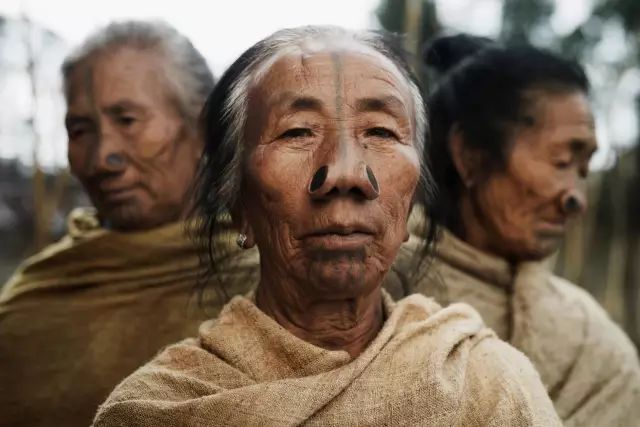
The women of this tribe after menarche (about teenagers) will wear wooden nose plugs to make themselves ugly, this looks ugly, but the reason is very simple, the old society around the ethnic groups grabbing land grabbing women, in order to keep the women, it is necessary to sacrifice the woman's beauty, in order to continue the national fragrance.
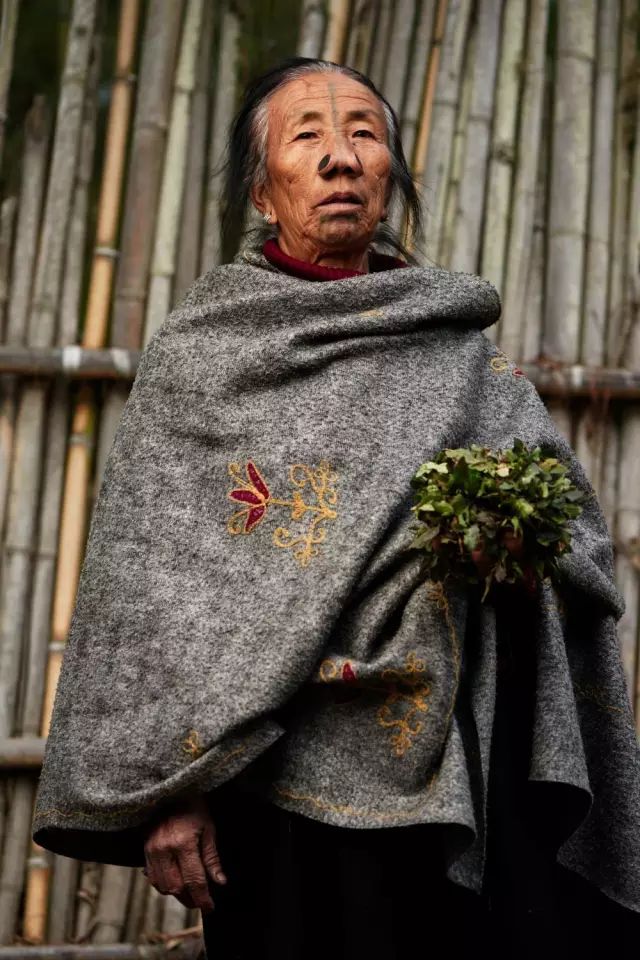
Adam Kozioł's photographs show us another kind of beauty of the women of the Apatani tribe, especially on their weathered faces.
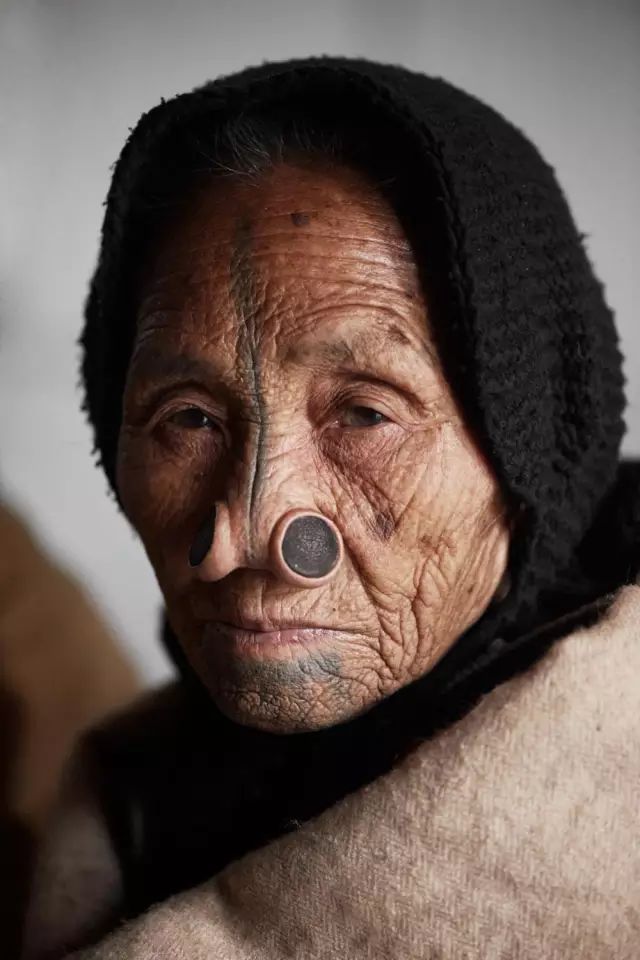
According to traditional custom, Apatani women embed wooden nose pins in both sides of their noses after menarche to signify adulthood, while the most beautiful women are expected to wear large round nose pins.
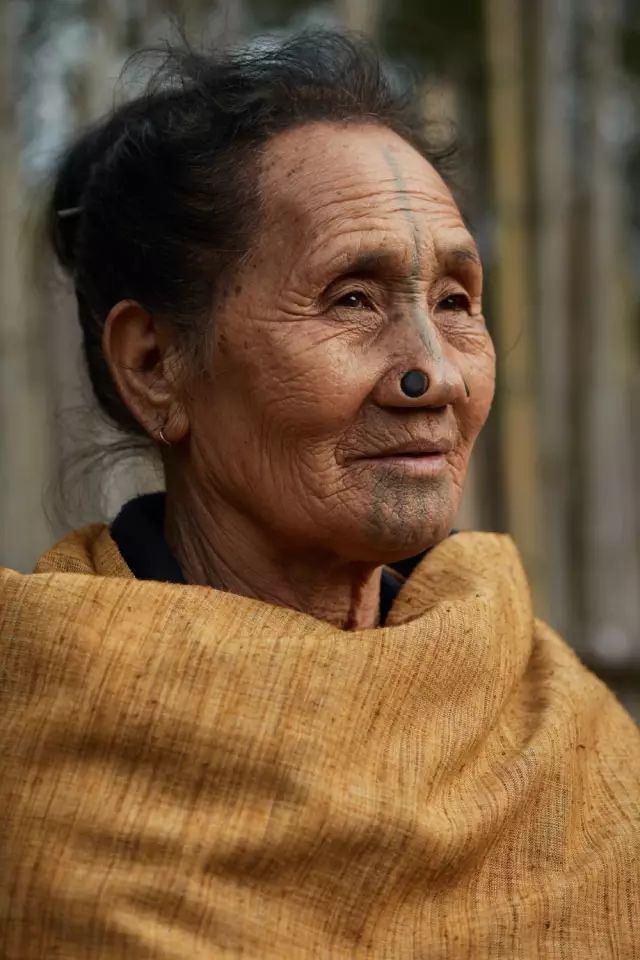
In ancient times, Apatani women were known as the prettiest women in the region, but their beauty brought them the danger of being robbed. As a result, Apatani women could be made ugly by means of nose plugs and vertical tattoos from the forehead to the jaw, thus escaping from tribal looters.
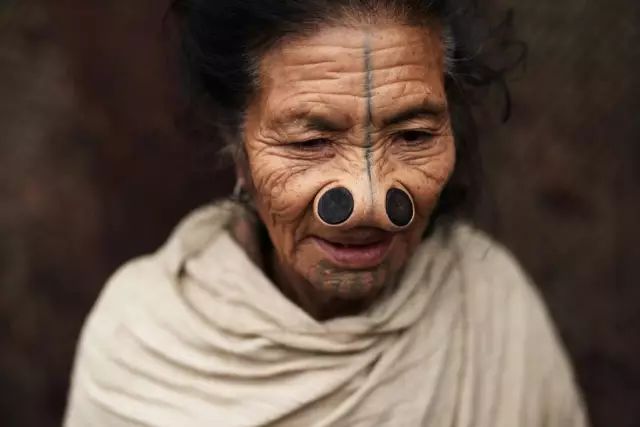
Since 1970, however, the practice has ceased to be practiced and has begun to die out, with nose plugs and tattoos now seen only on older Apatani women.

Their ethnic beliefs are passed down orally, they believe in shamans and worship the sun and the moon. The shamans slaughter cows, goats, chickens and pigs during rituals and festivals.
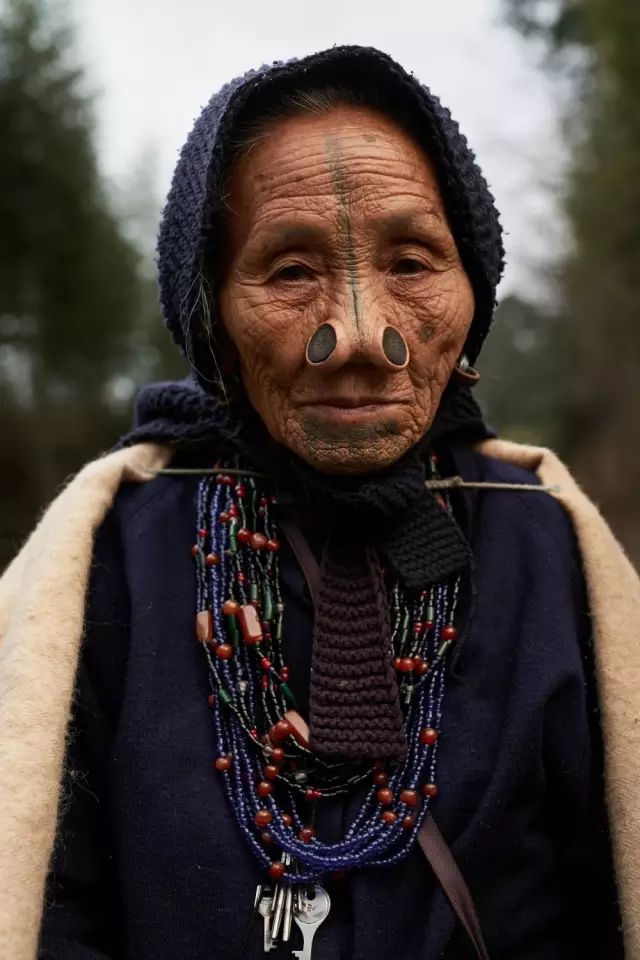
Ancestral songs are sung during the rituals, which include myths and legends and the origin of the nation. It is the most ancestor-worshipping ethnic group in southern Tibet, and an ancestor worship ceremony is held every March.
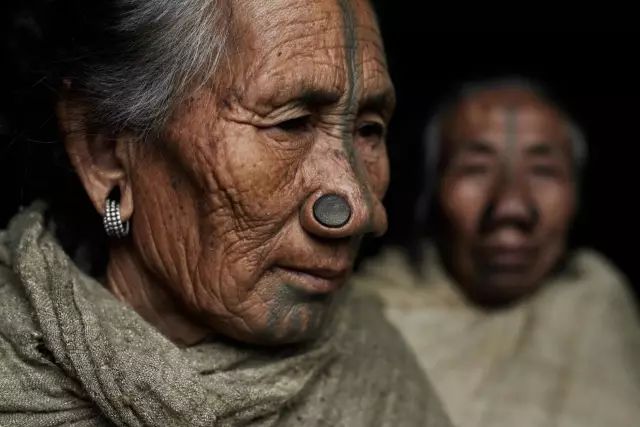
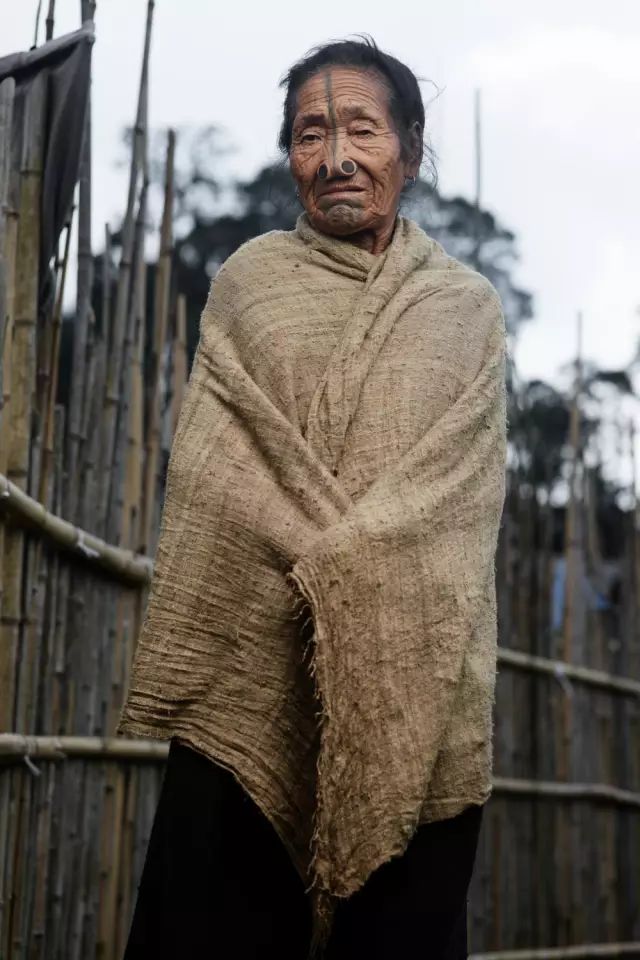
The ethnic group did not abolish the custom of tattooing women's faces until the 1970s. In the past, to get a tattoo, a pattern was first tattooed on the face and then ink or something like that was applied to the face so that the pattern would appear on the face.
There are two types of tattoos: one from the forehead to the tip of the nose, and the other on the chin, with the male tattoo mainly on the chin, in a " T " shape.
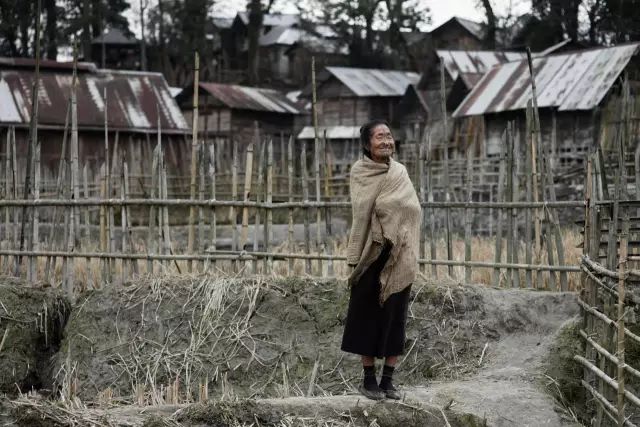
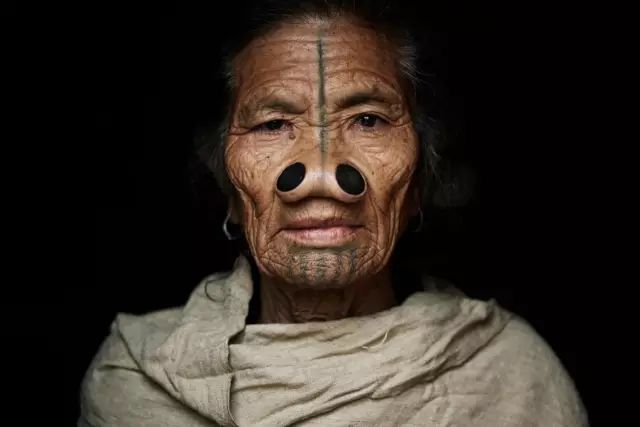
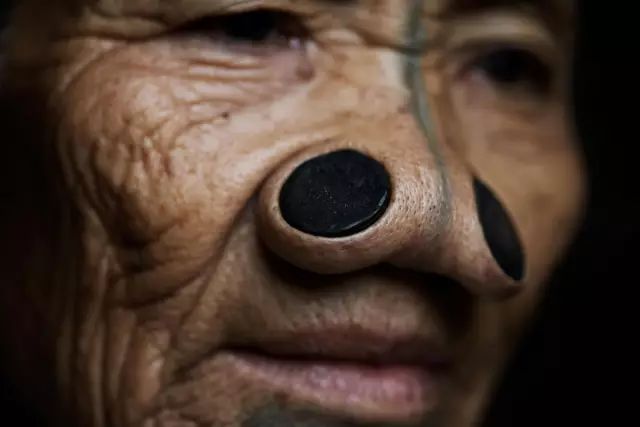

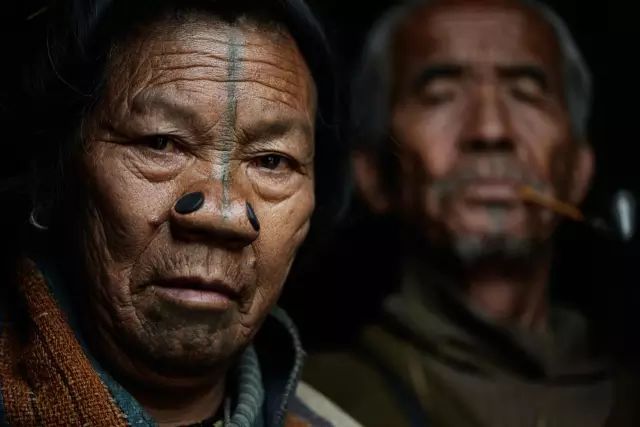
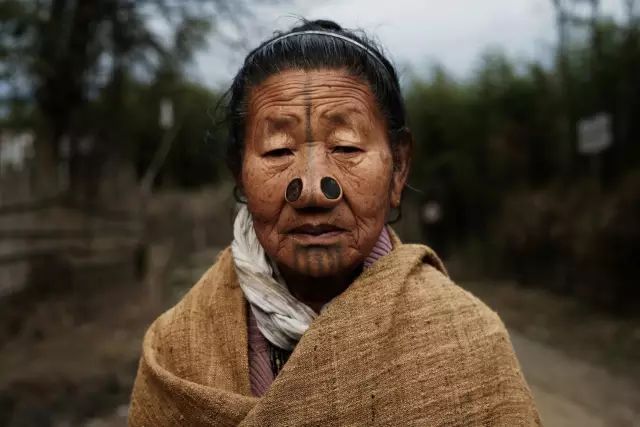
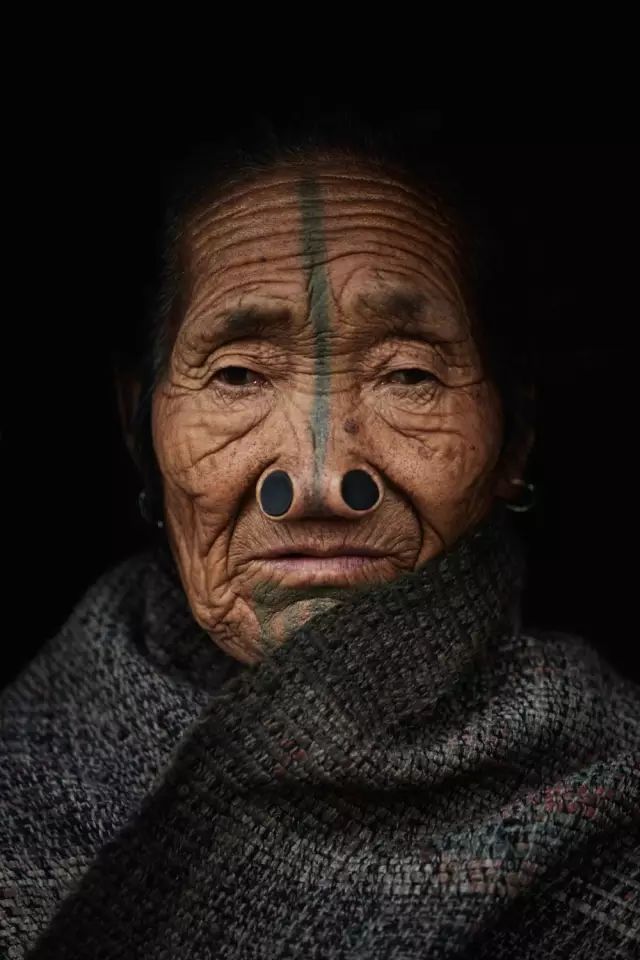
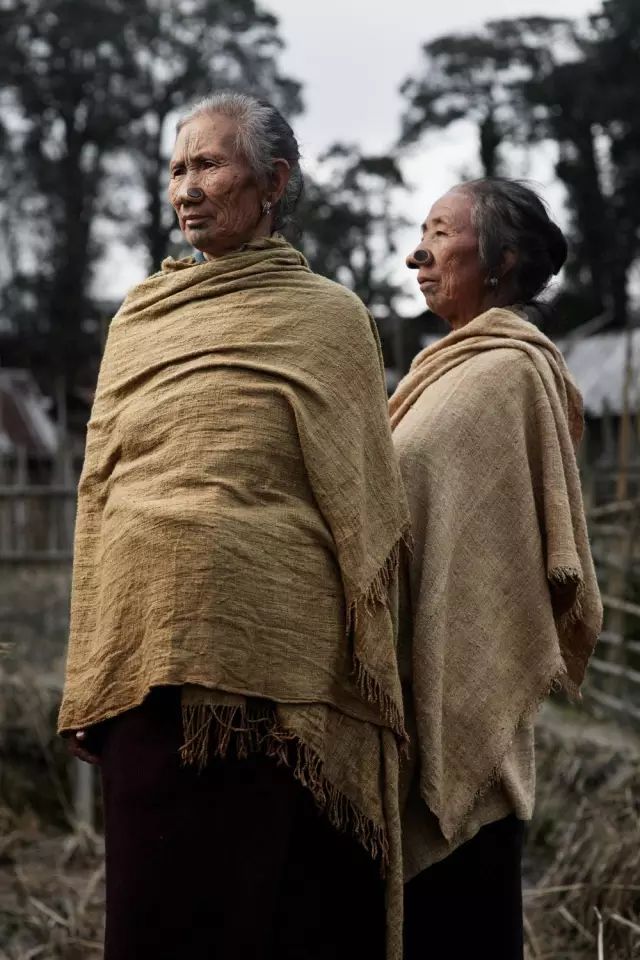
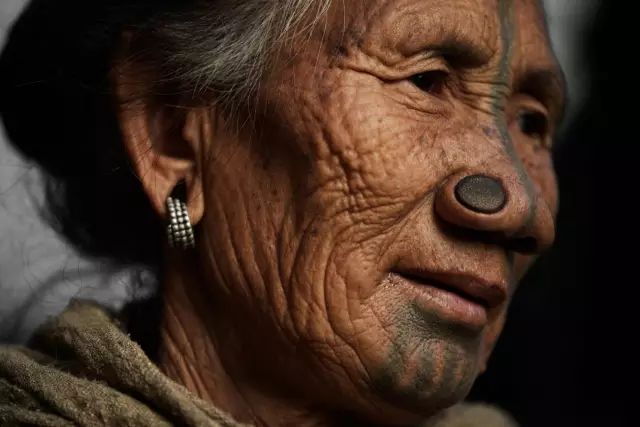
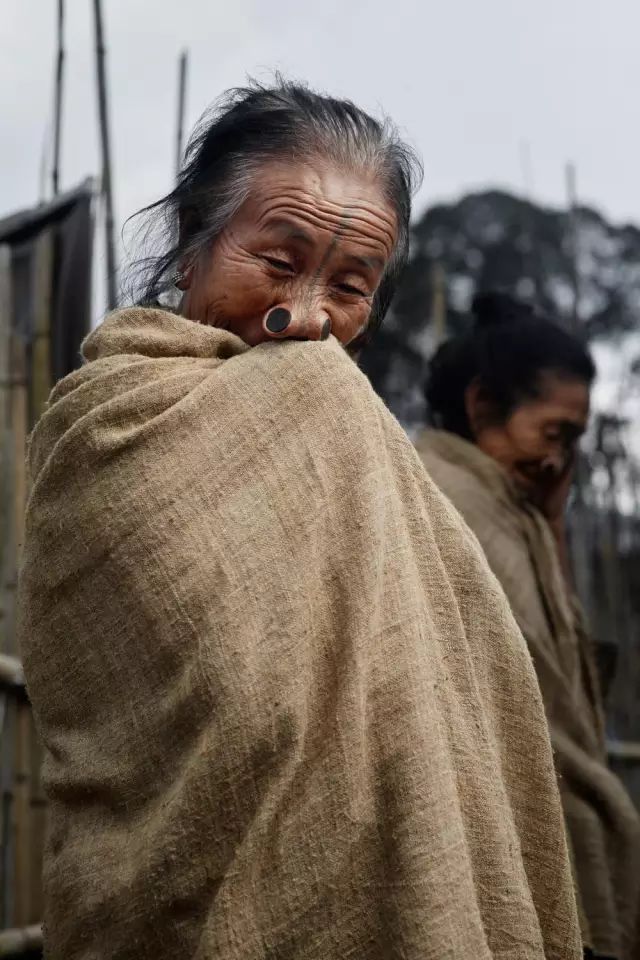
It seems that the world's big nothing, which in the eyes of the general public can only be absolutely considered alternative beauty, and in ancient India Apatani actually so that is also to protect the continuation of life.
I have to say choosing those fellow beauties to stick something in their noses is a no-brainer.
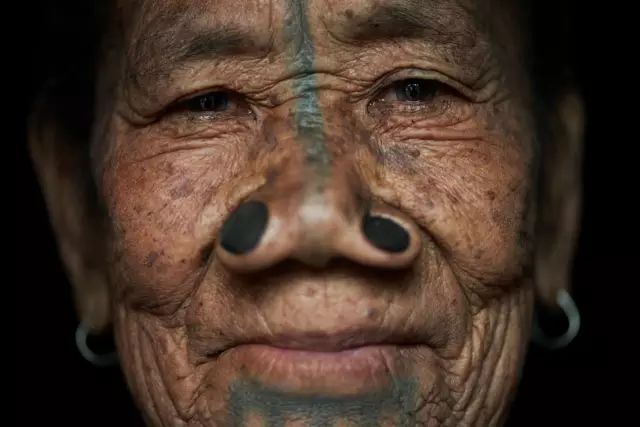
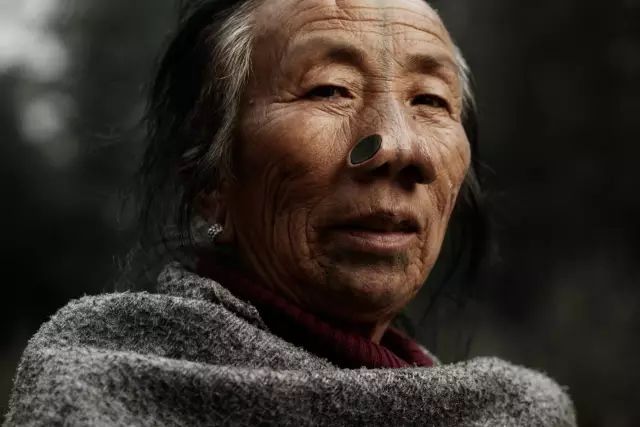
The advent of modern society has meant that the tradition of wearing nose plugs has gradually disappeared, and only the older women still carry the symbols of the olden days, hinting at the fascinating history of the Apatani tribe.
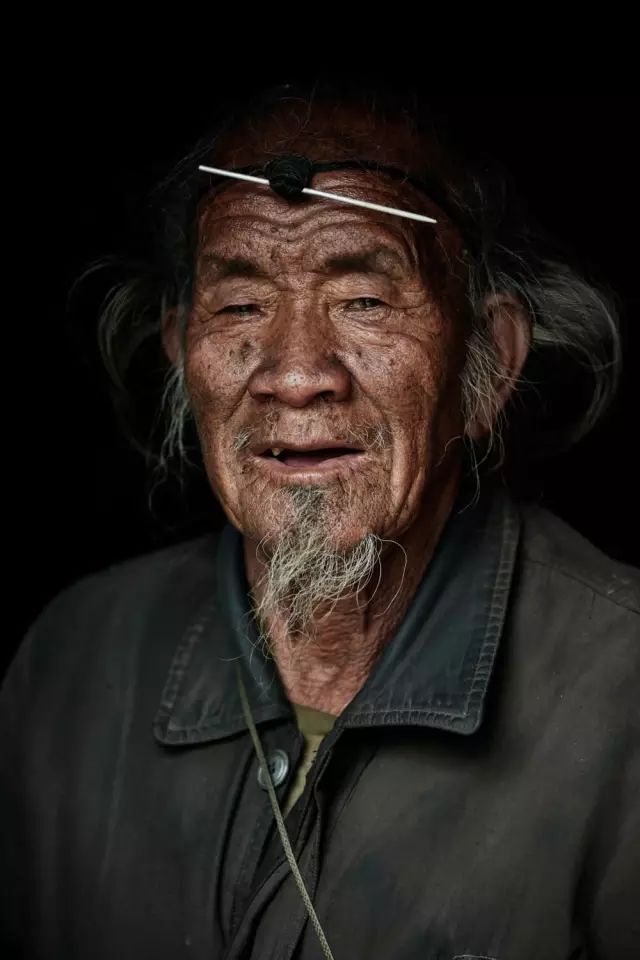
Atayal tribe
The Last Headhunters
"The Last Konyak Indigenous Portrait" by Polish photographer Adam Kozioł (koziol.gallery). The Konyaks (Konyak), who live in the northeastern Indian state of Nagaland, are a tribe of fierce savages who rely on inter-village battles to expand their land and define their power.
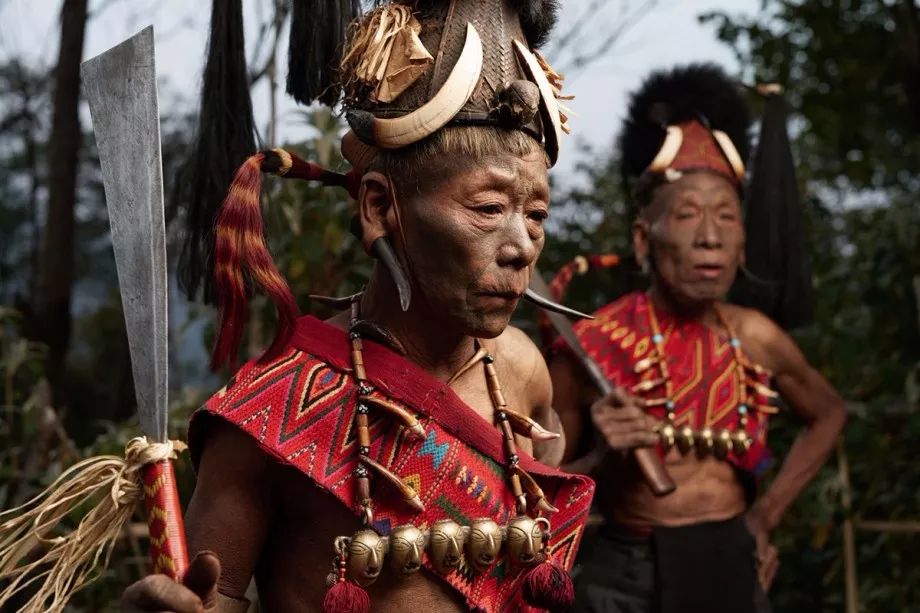
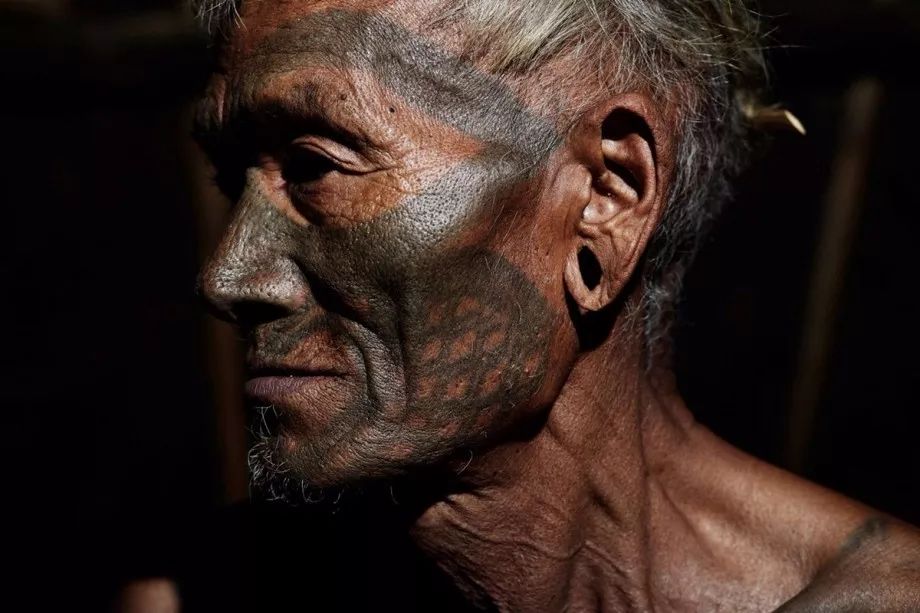
The Konyaks have a tradition of head-hunting, where men hunt for heads, which are considered a symbol of valor. The captured heads are then sacrificed to bless the villages with good weather ....
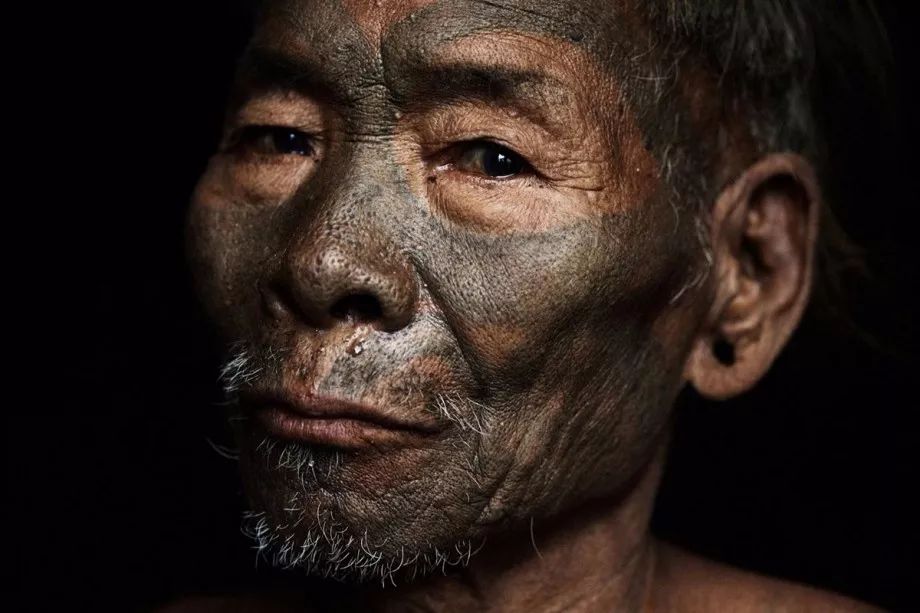
" Headhunting " is considered a rite of passage ceremony for young boys, with success leading to facial tattoos symbolizing accolades. These tribal elders are the last generation to bear facial tattoos.
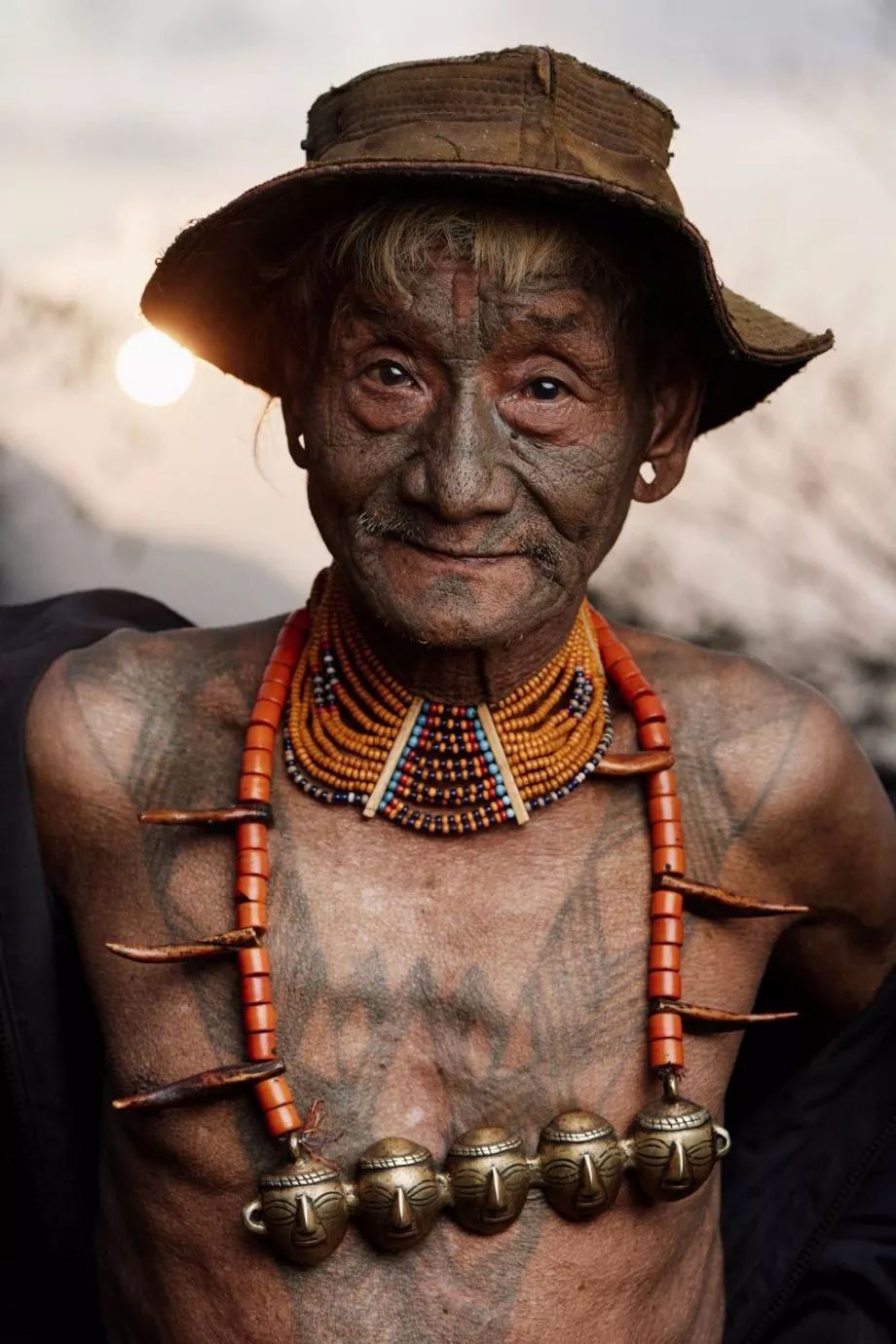
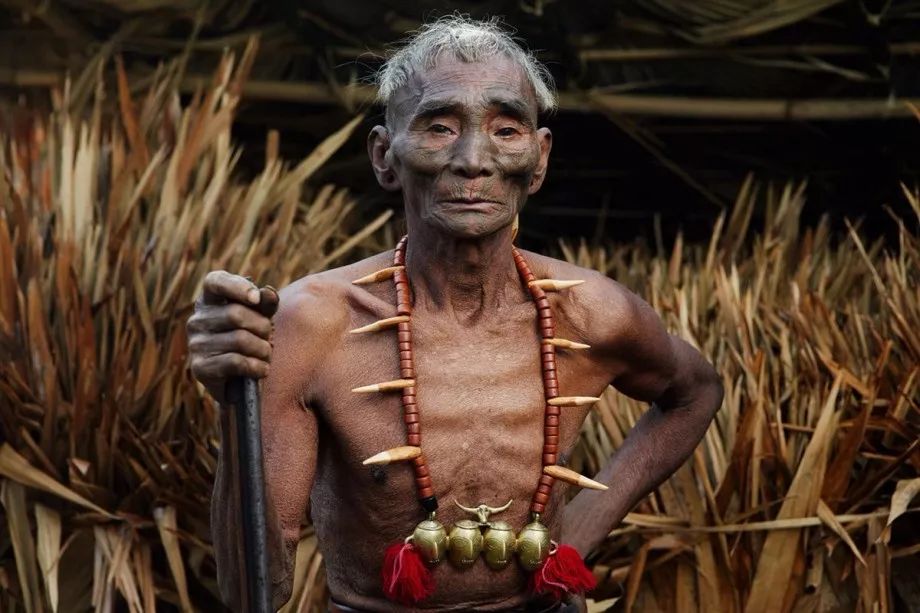
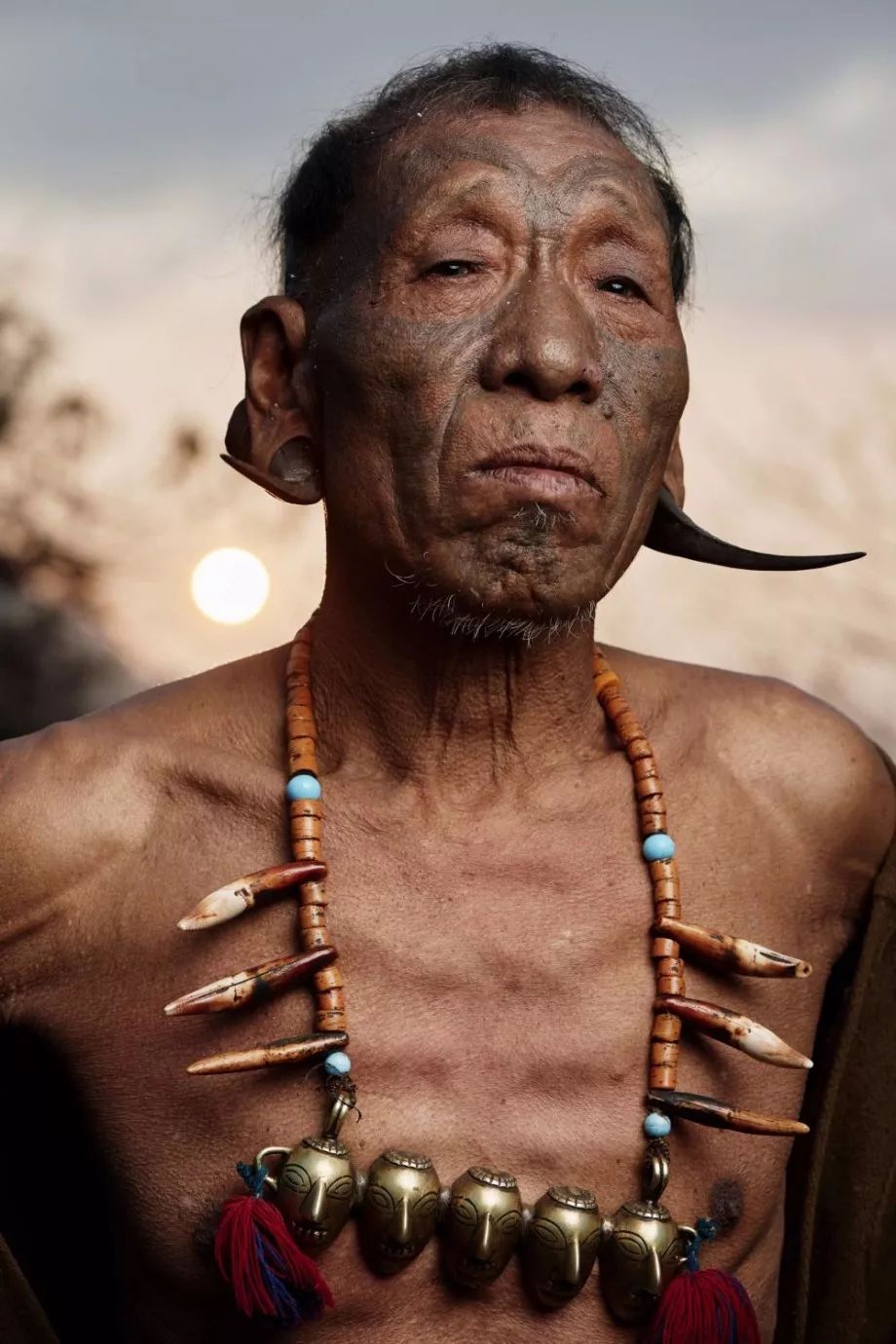
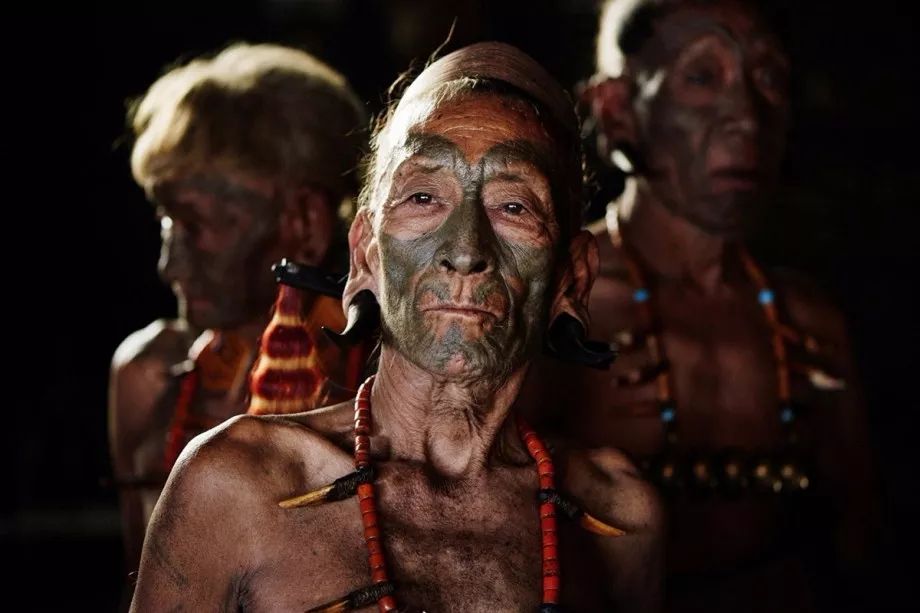
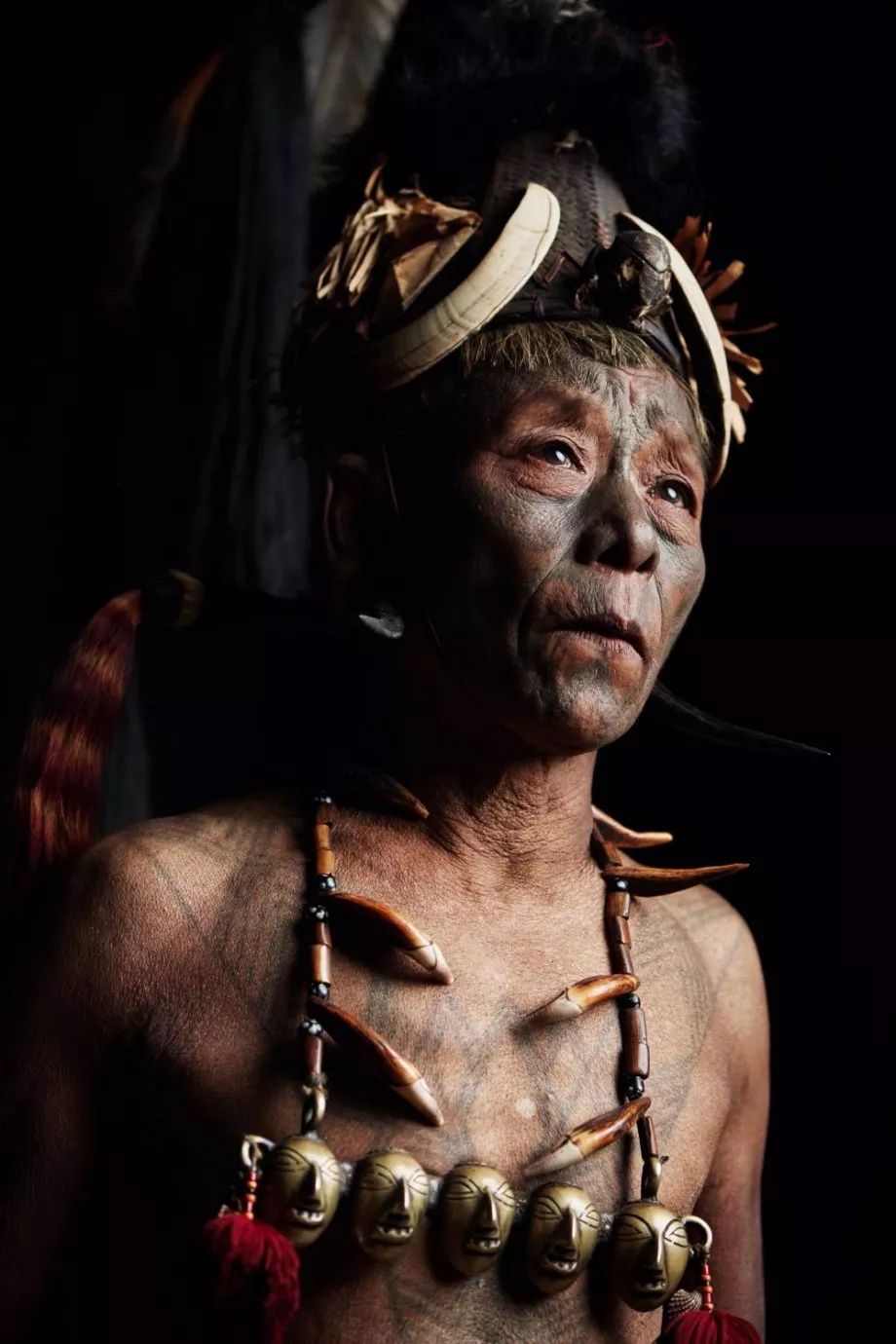
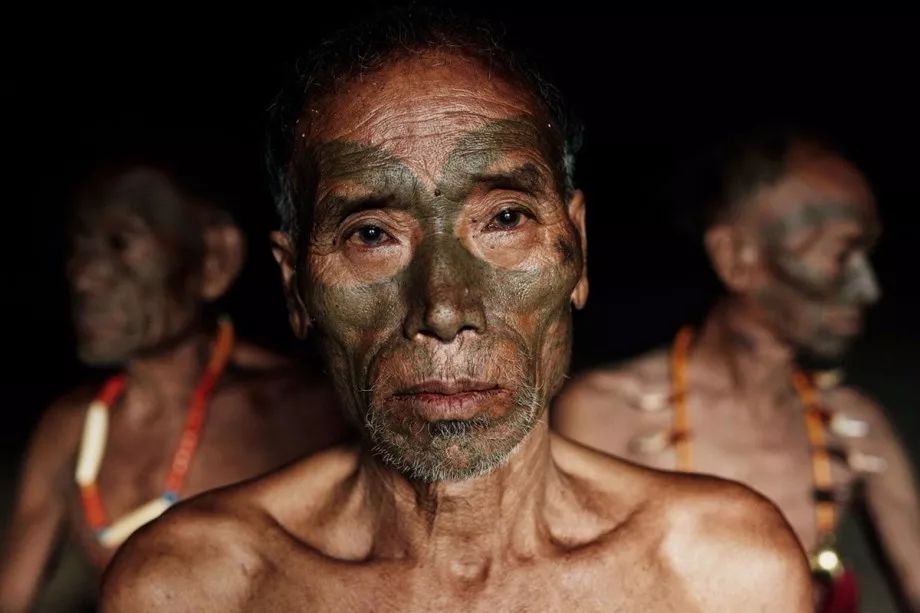
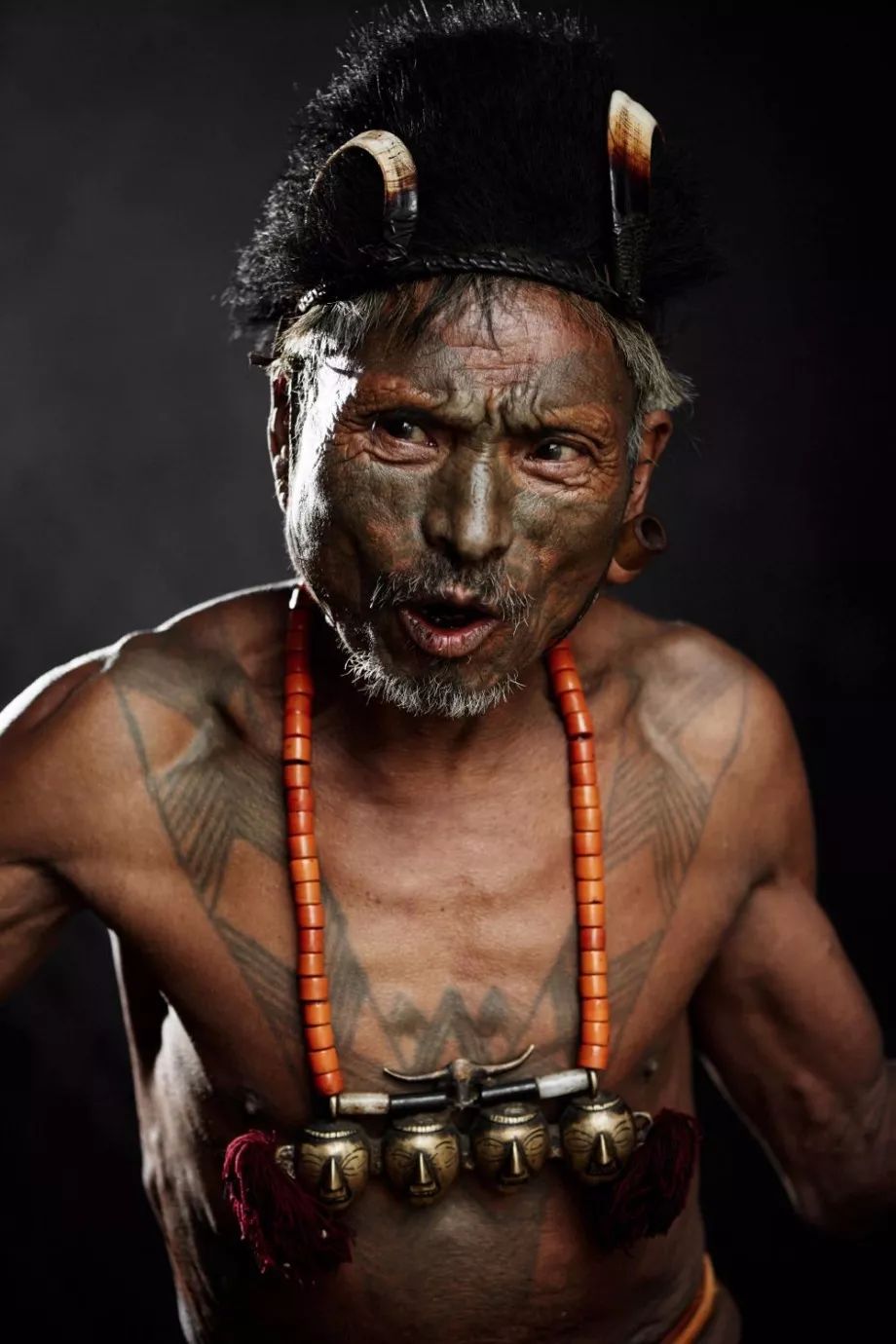

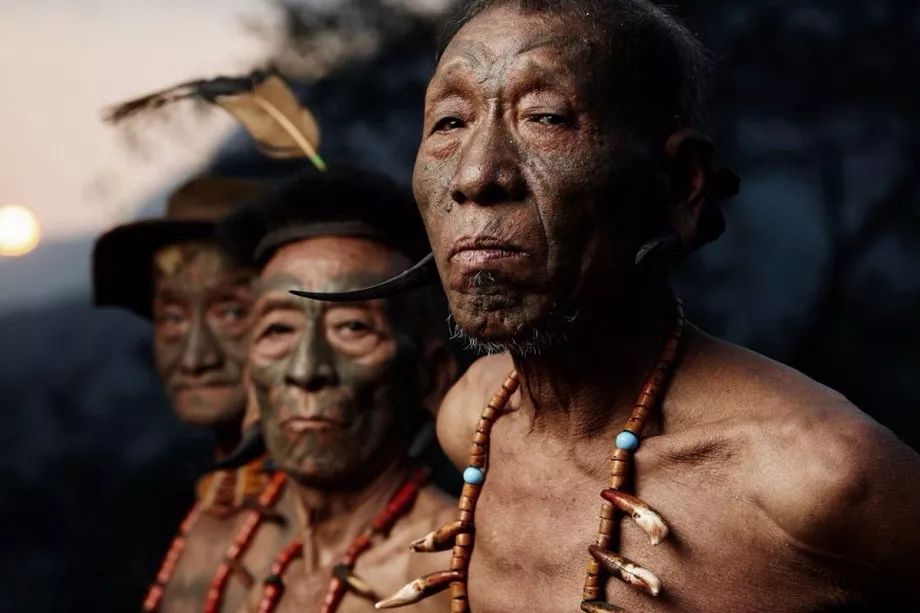
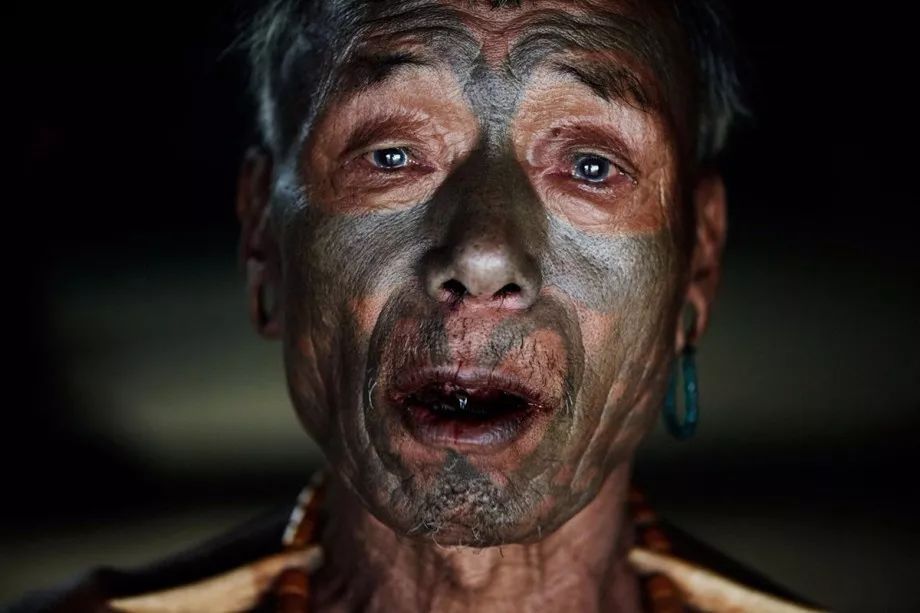
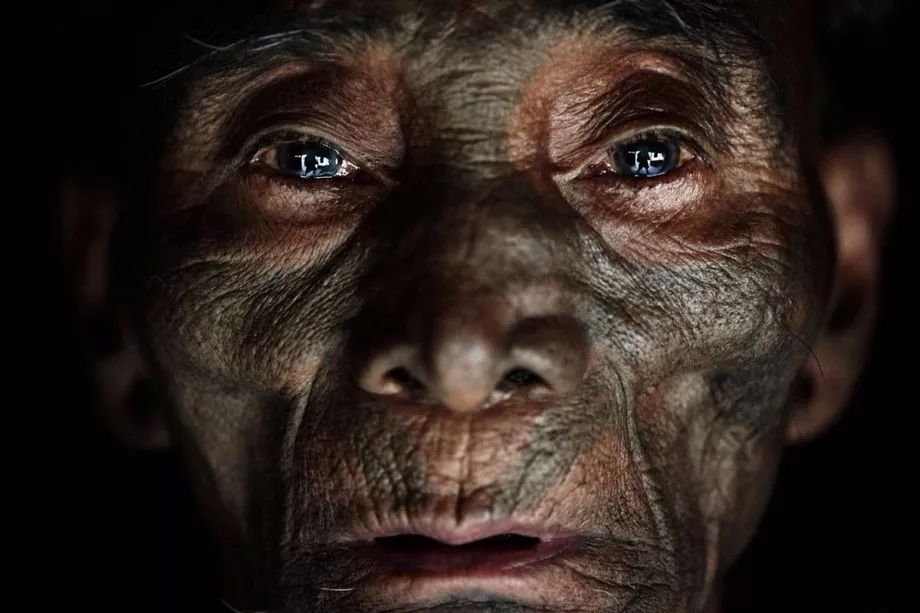
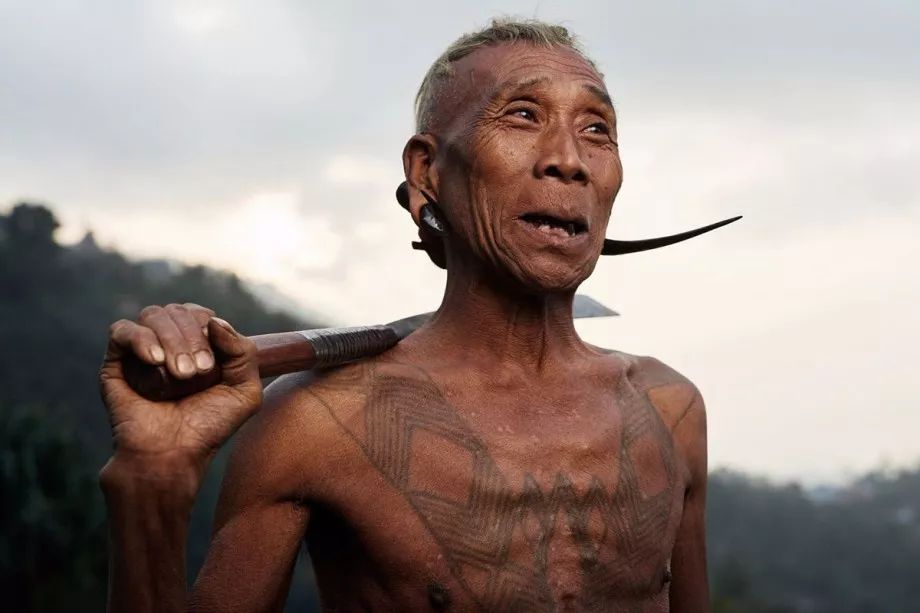
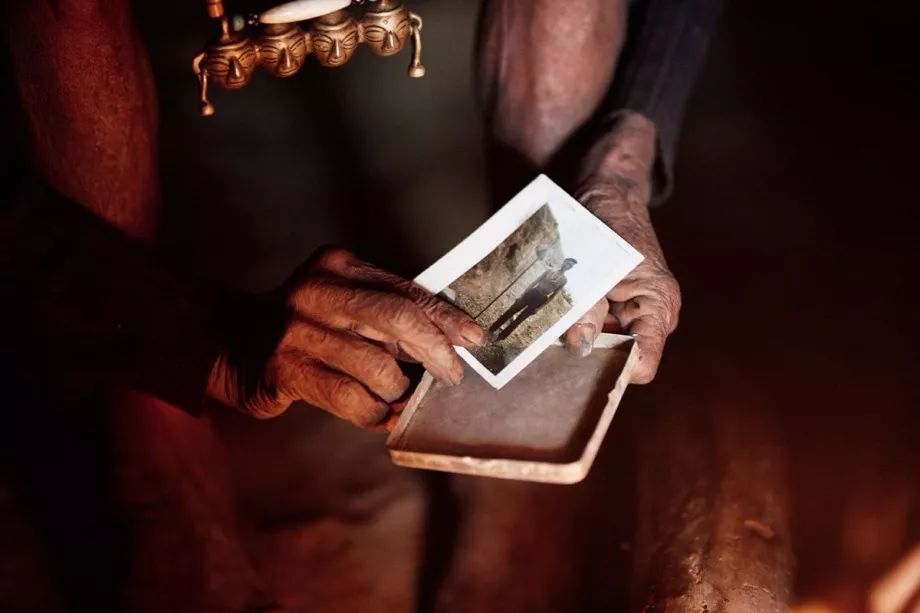
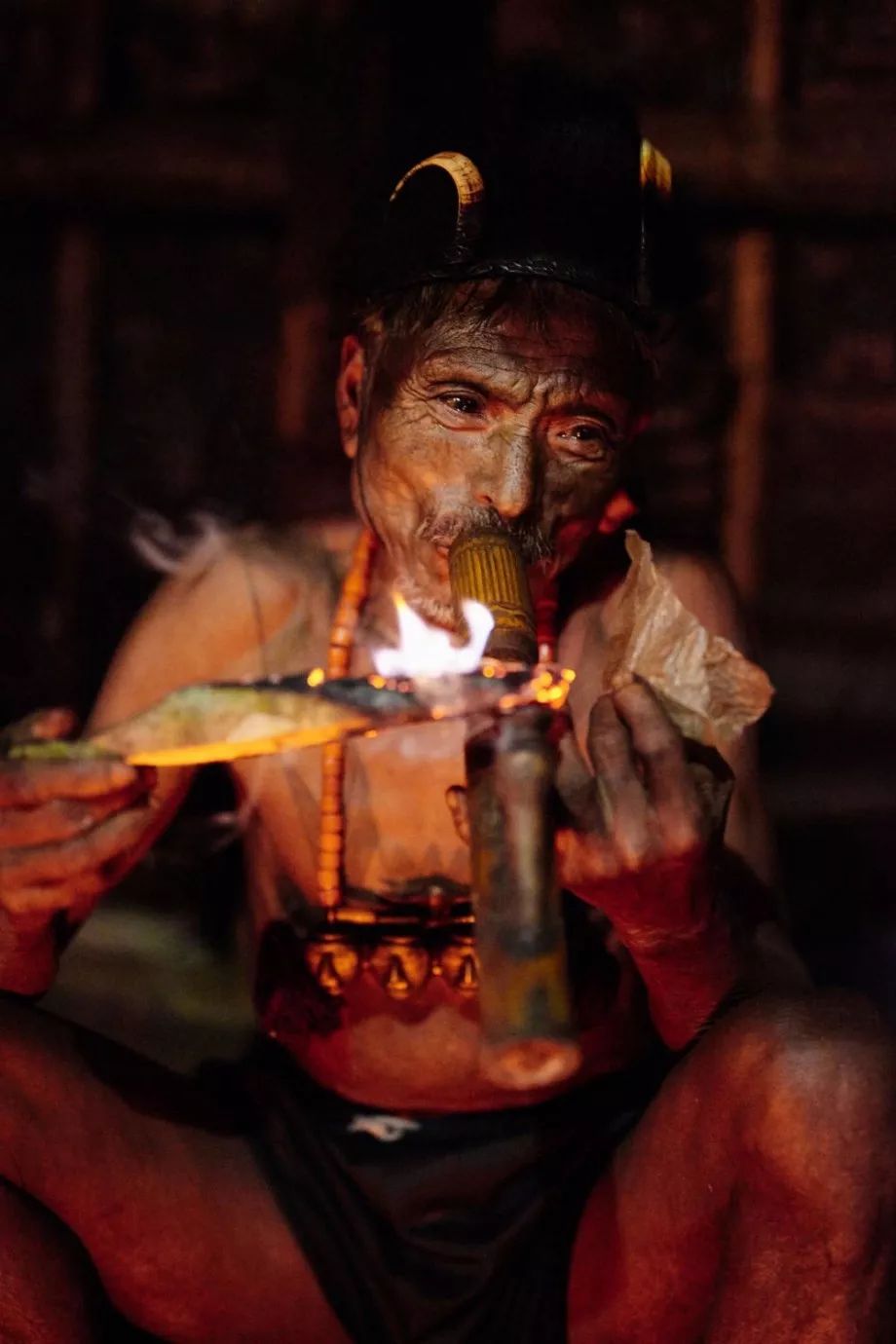
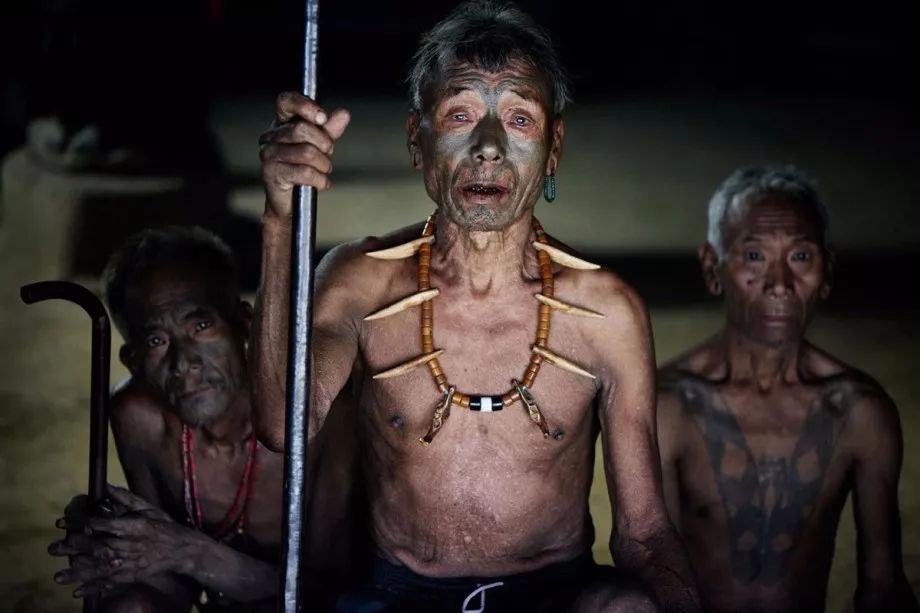
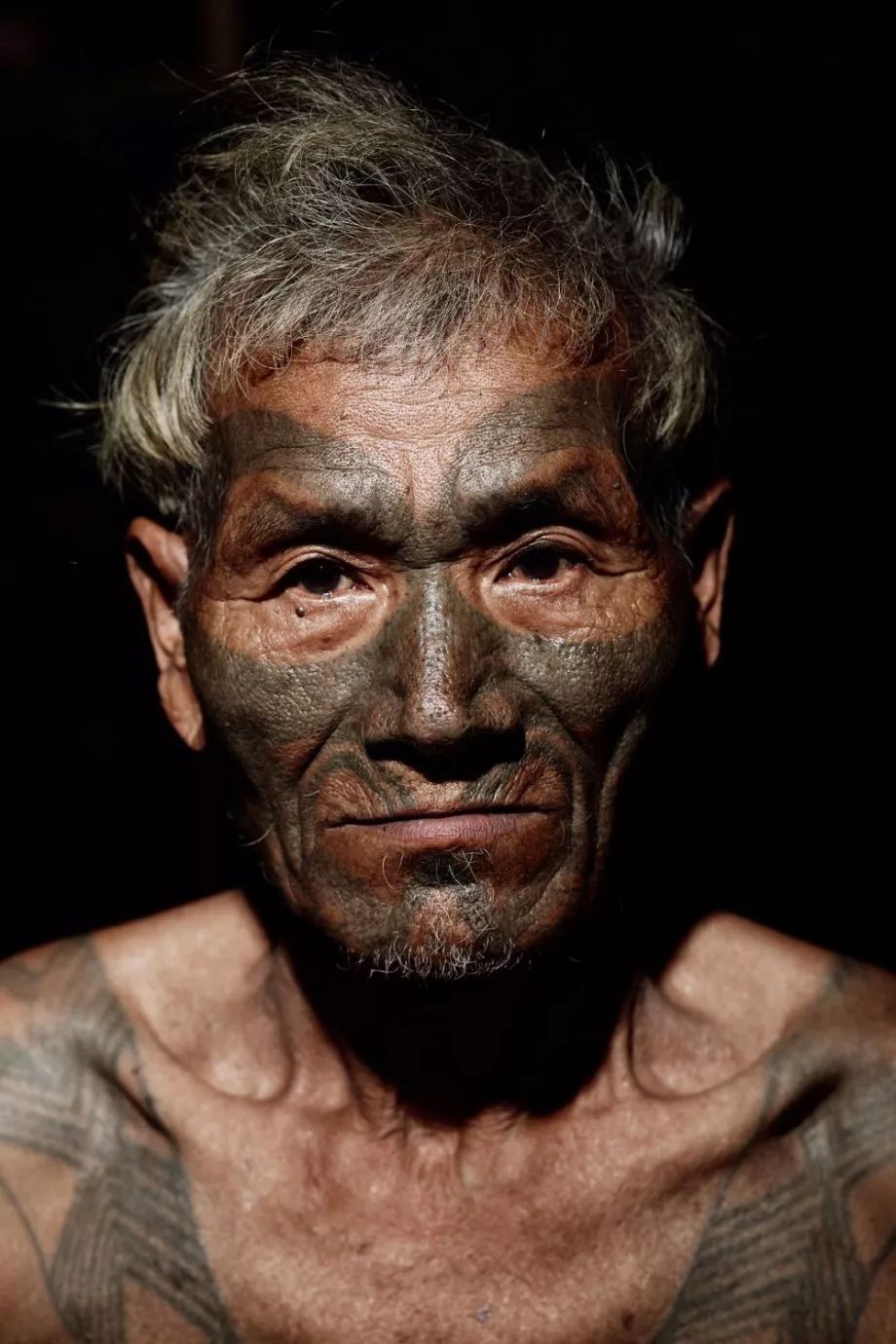
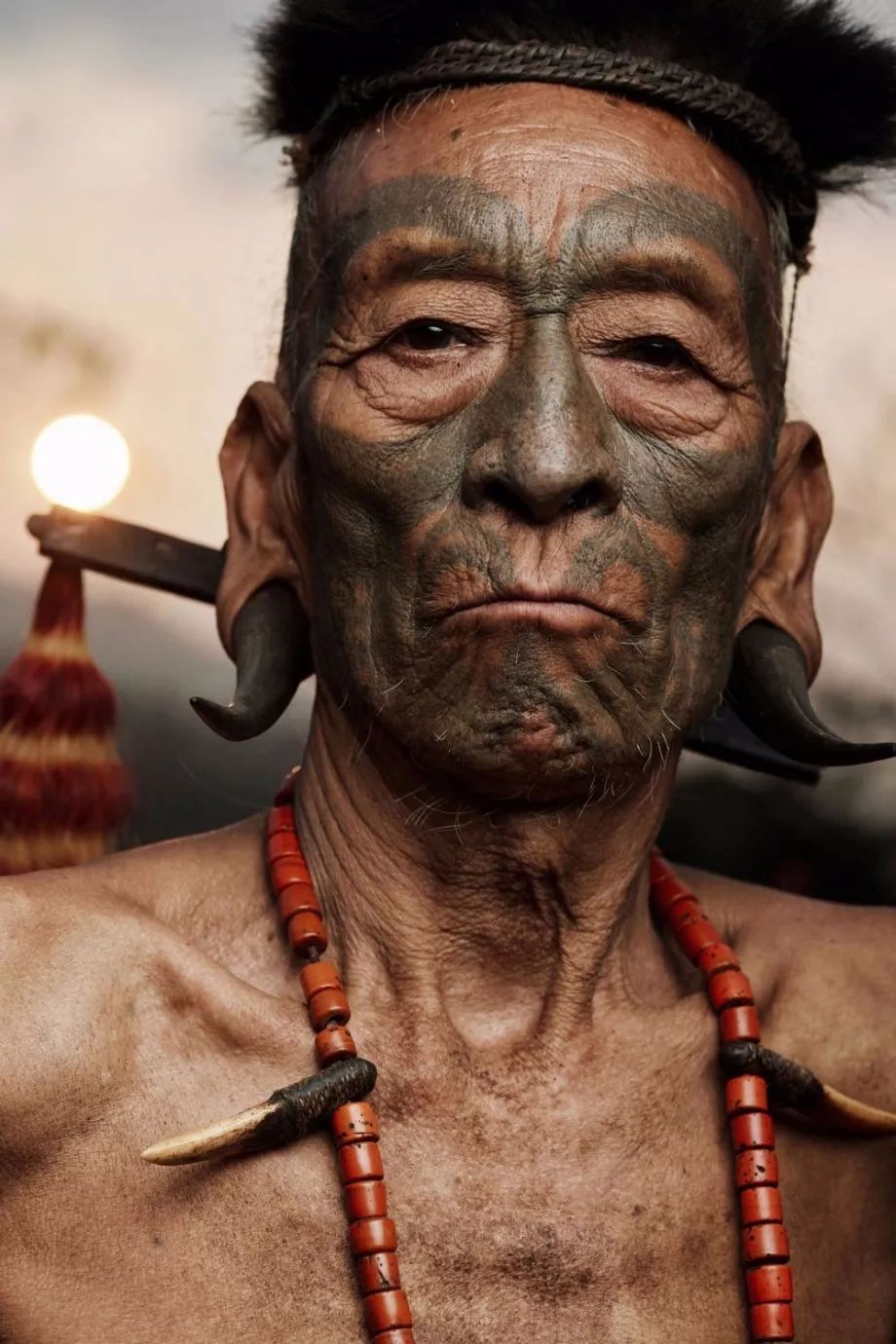
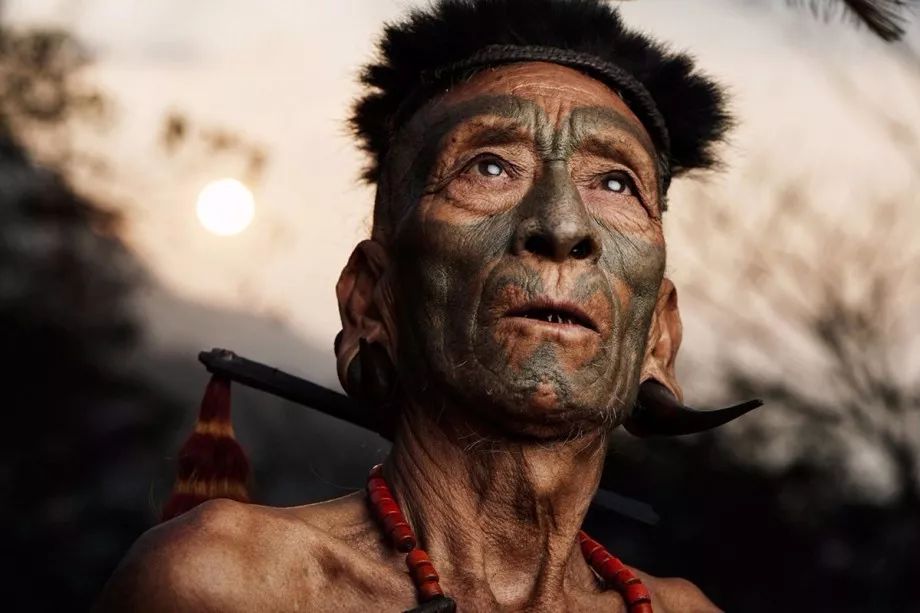
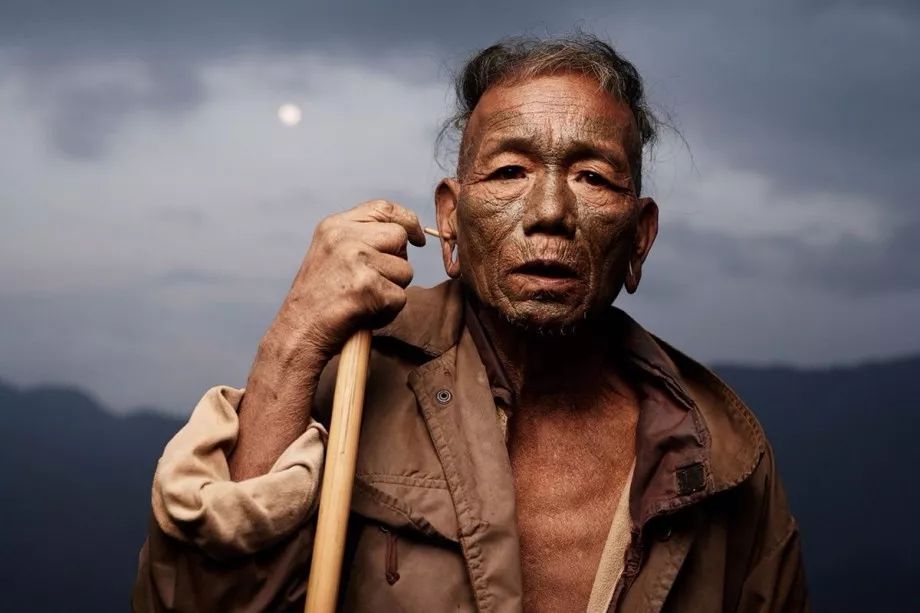
However, under the influence of Christianity and modern civilization, the practice of headhunting was banned a few decades ago; today, however, the tribal elders, the former "headhunters", are still proud of the "successes" of the past.
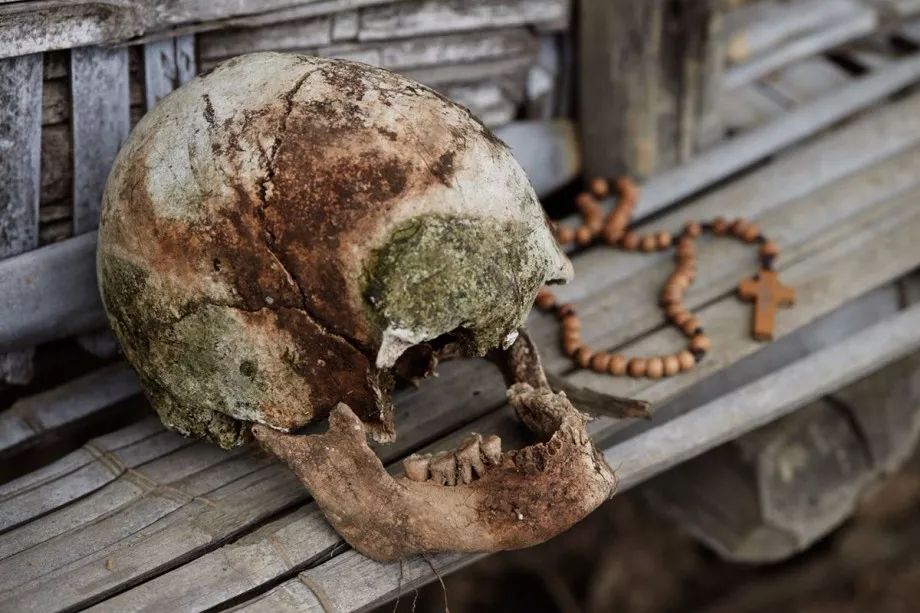
We still leave the time to the camera and visual, words have been unable to express the mysterious and primitive beauty of these disappearing tribal cultures he photographed, so let us quietly enjoy and feel these shocking works with our hearts.
Mursi tribe
Omo Valley, Ethiopia
In the Mursi tribe of Ethiopia, girls learn to stretch the skin of their lower lip with special disks. The larger the disk, the higher the girl's social status and the larger the dowry she must prepare before marriage.
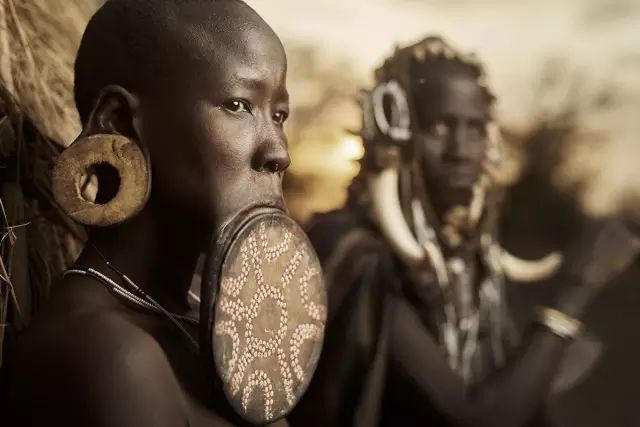
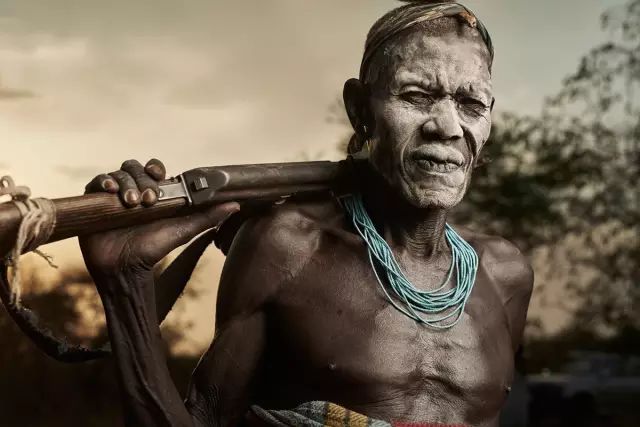
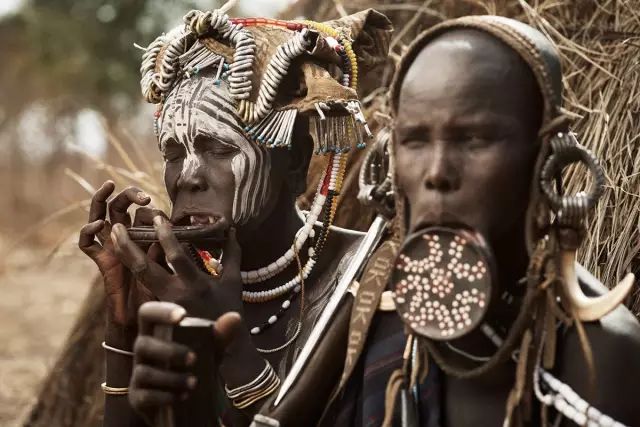
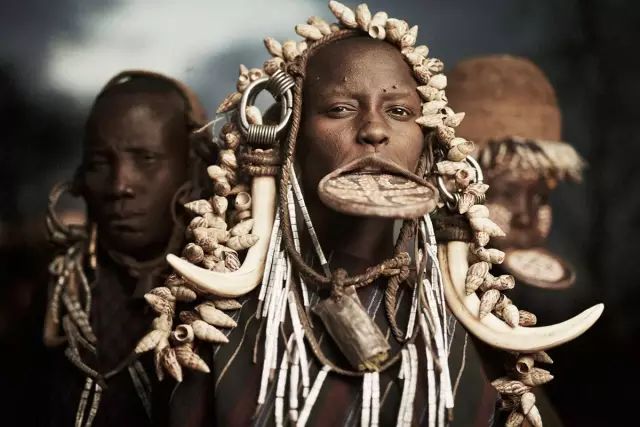
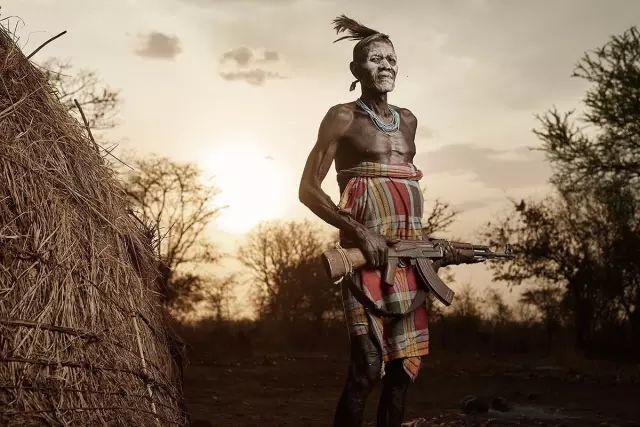
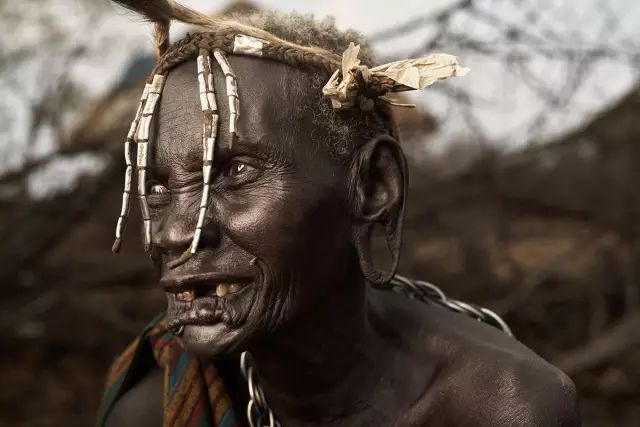
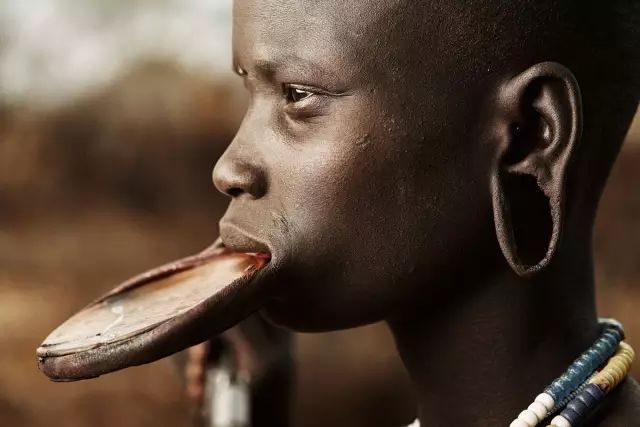
There are two theories as to the reason behind this unusual tradition:On the one hand, the Mursi believe that evil spirits can enter a person through the mouth, so the disc is used to stop them.
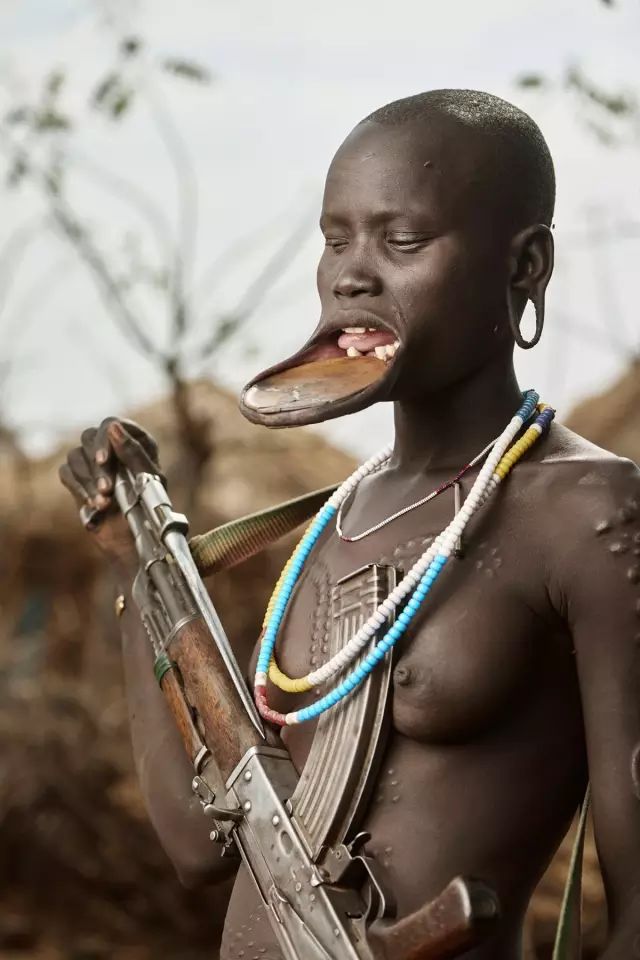
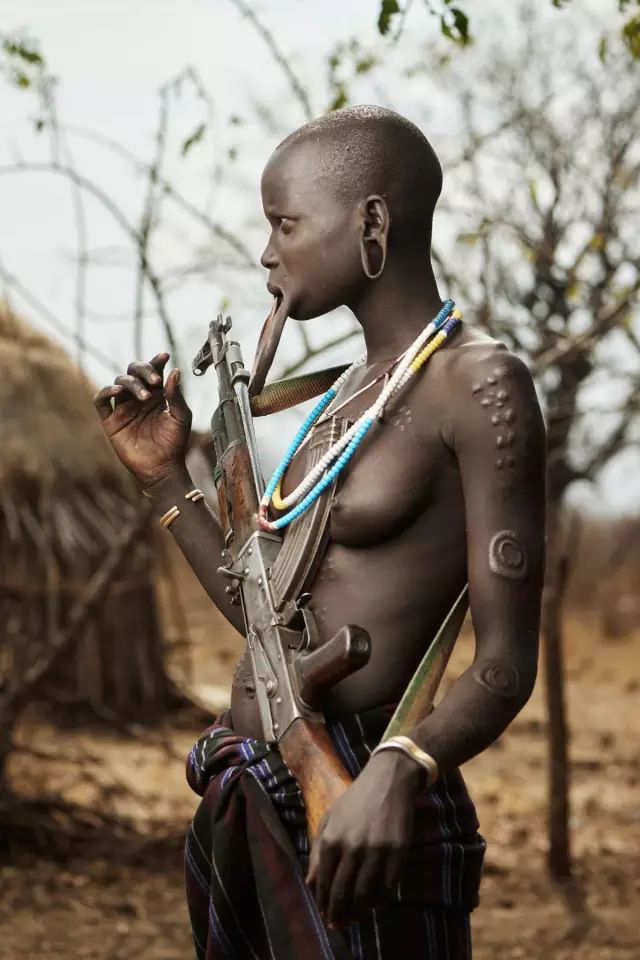
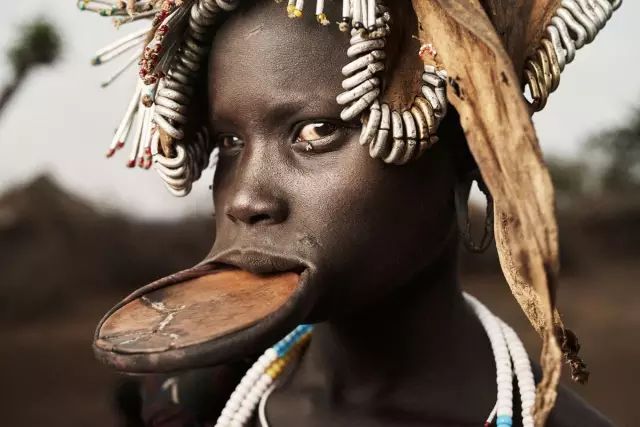
According to another account, the Mursi started doing this also to avoid having their women taken away as slaves.
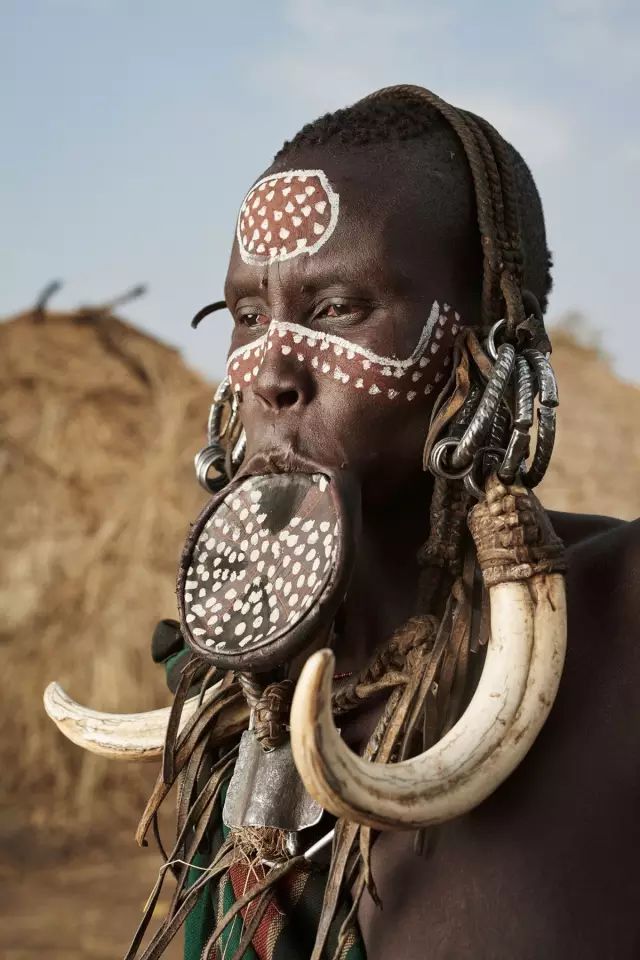
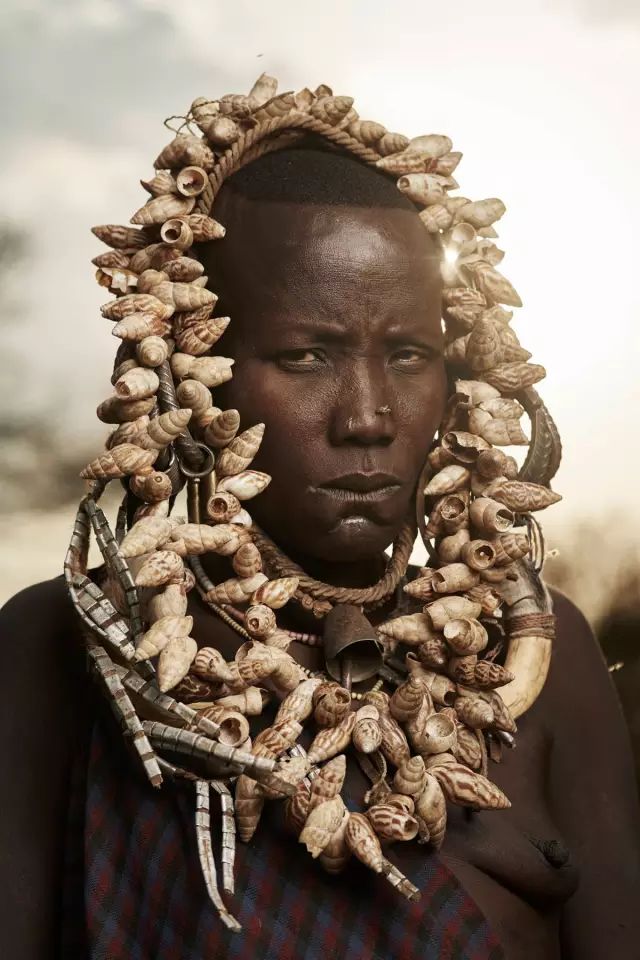
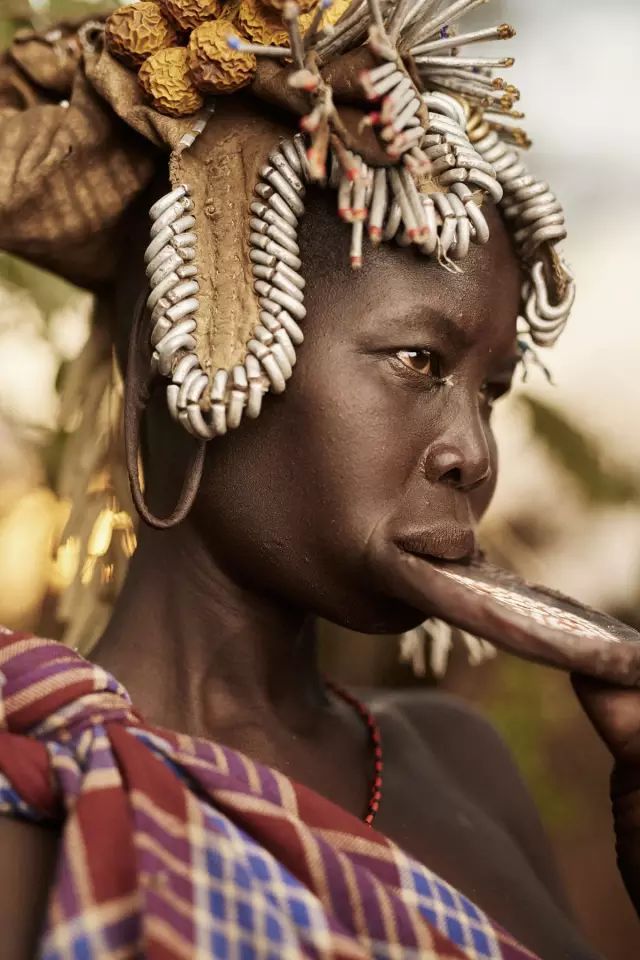
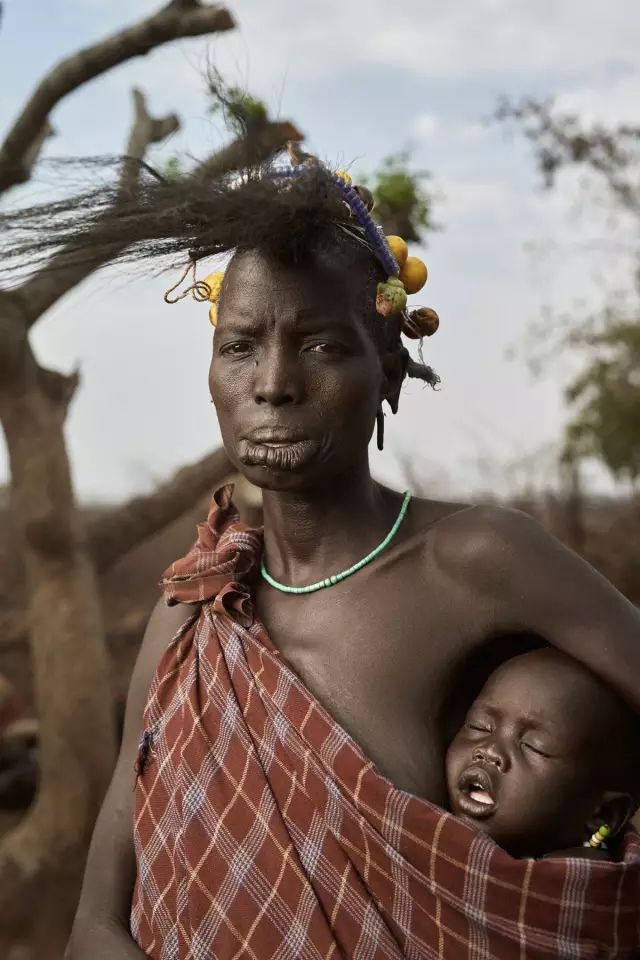
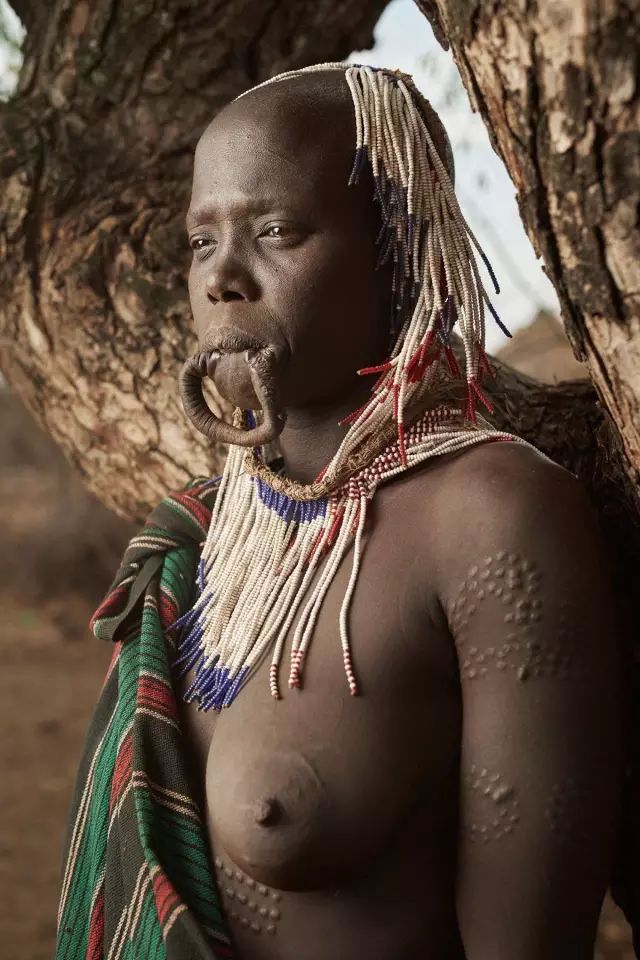
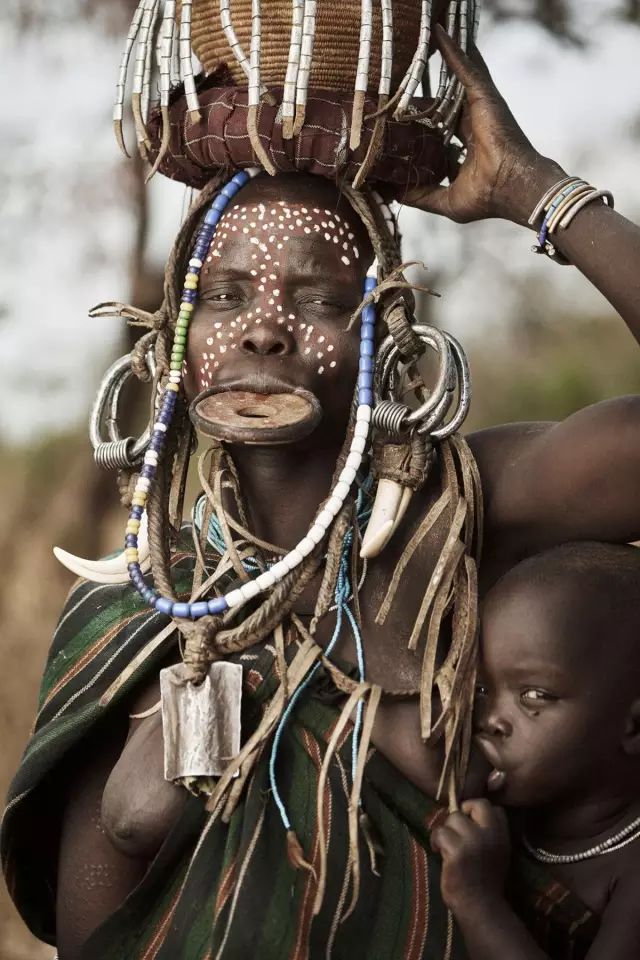
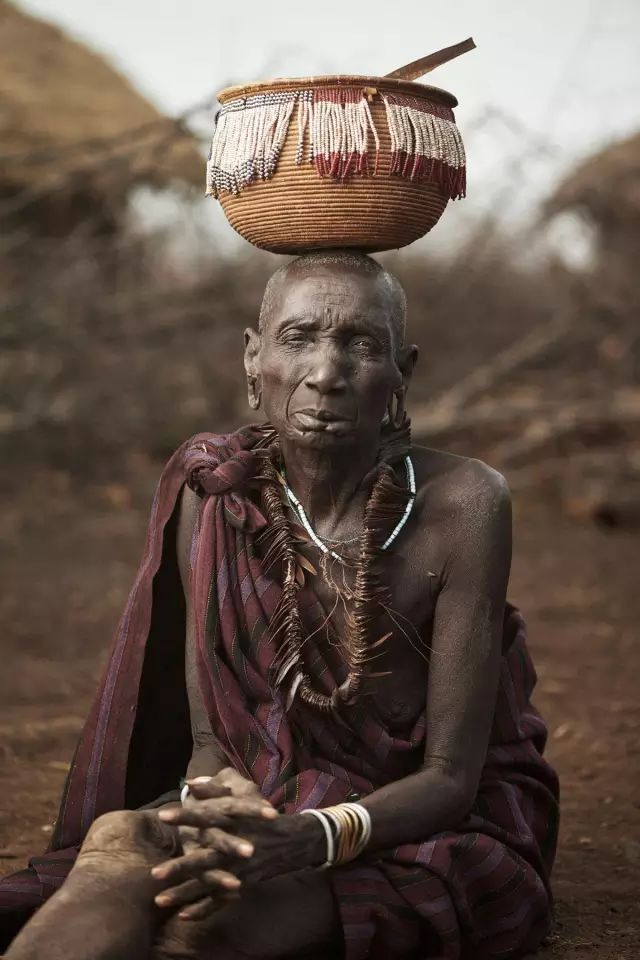
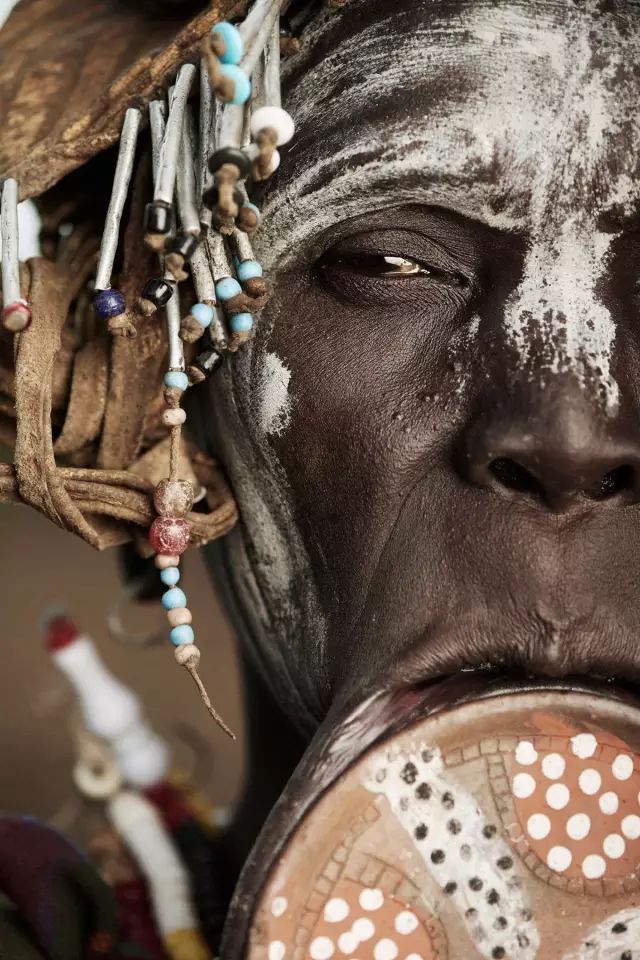
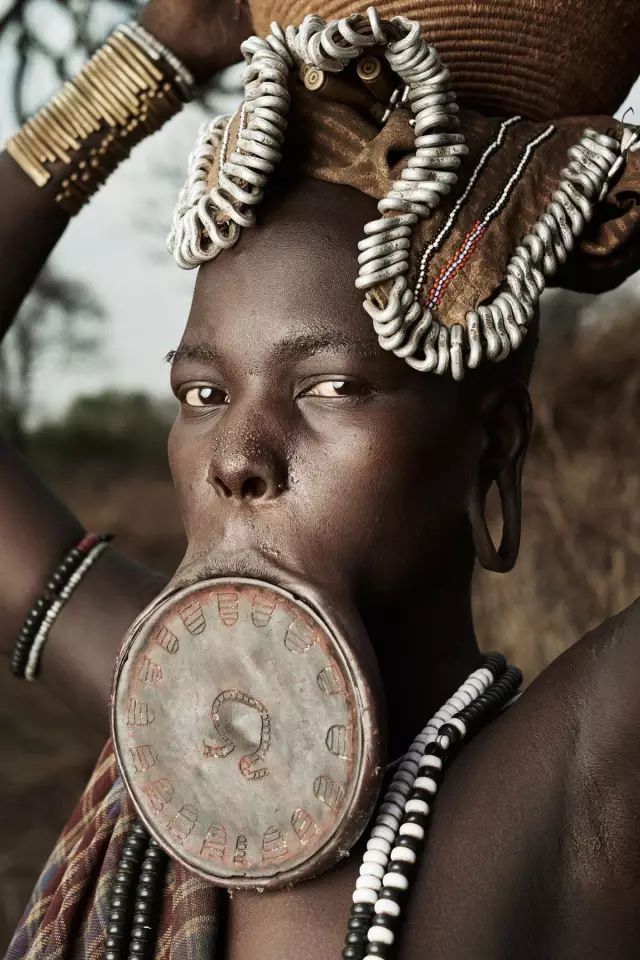
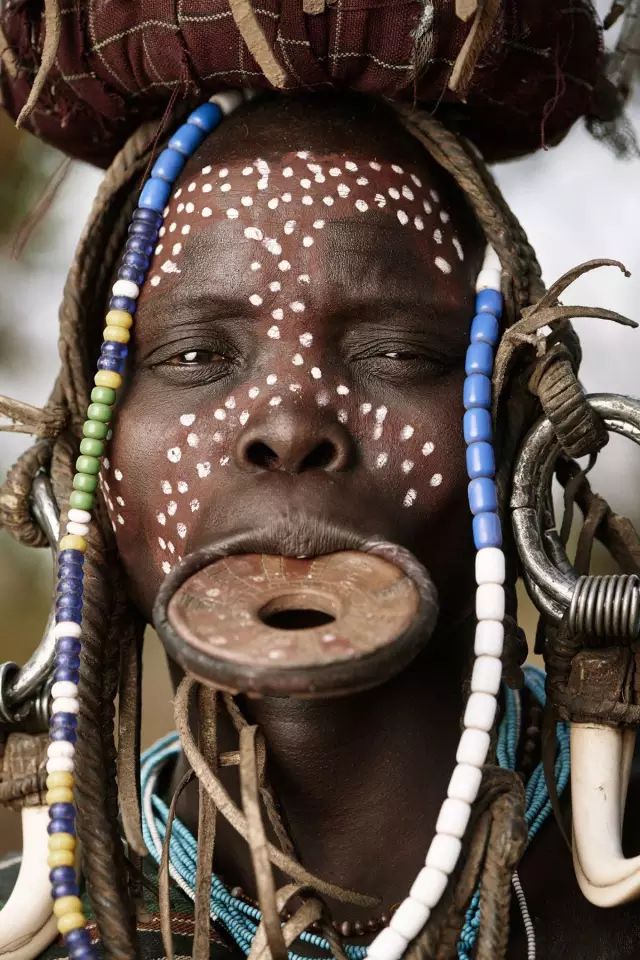
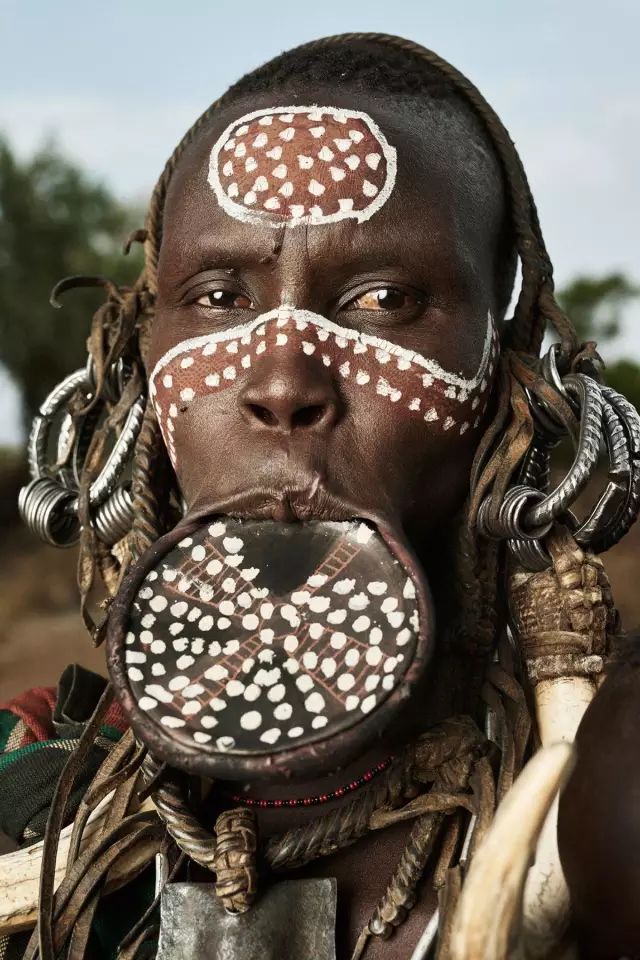
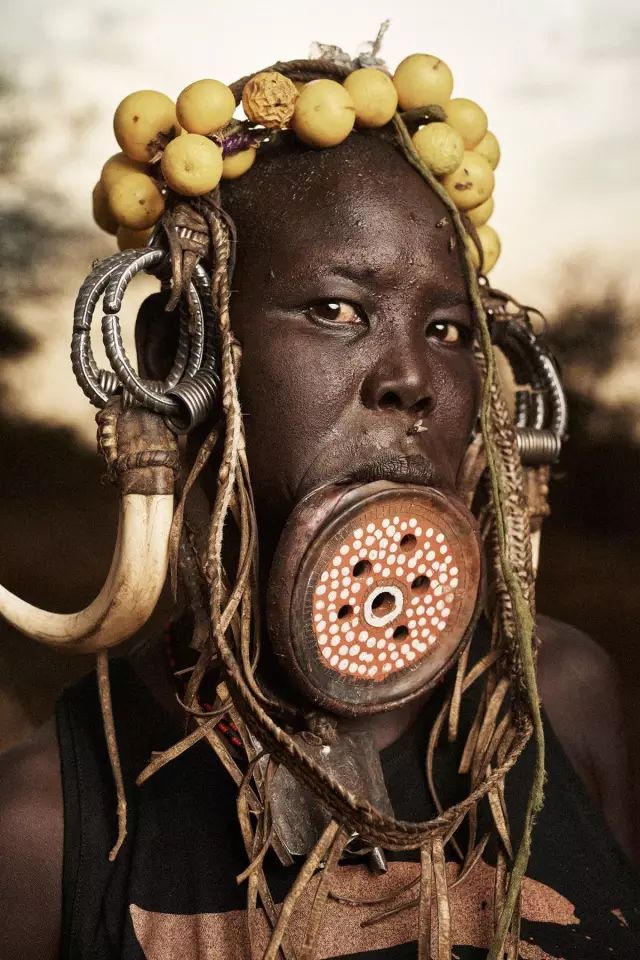
Somewhere on the planet.It's not just poetry and faraway places.That touch our primitive culture.humankindBack to basics.The urge to be free.It's always been in our bodies.Surging.tillWe're with them again.Connecting the dots.


